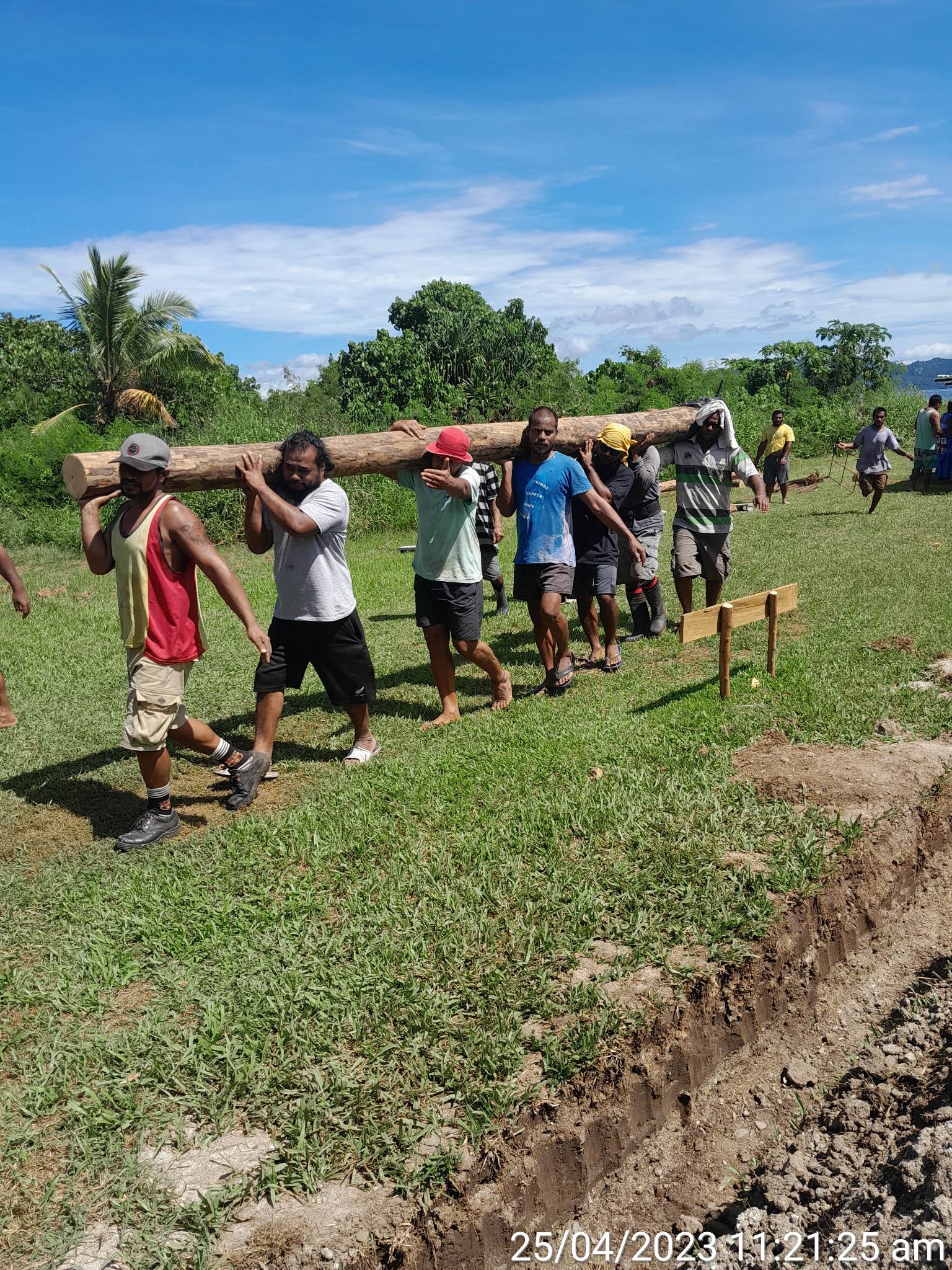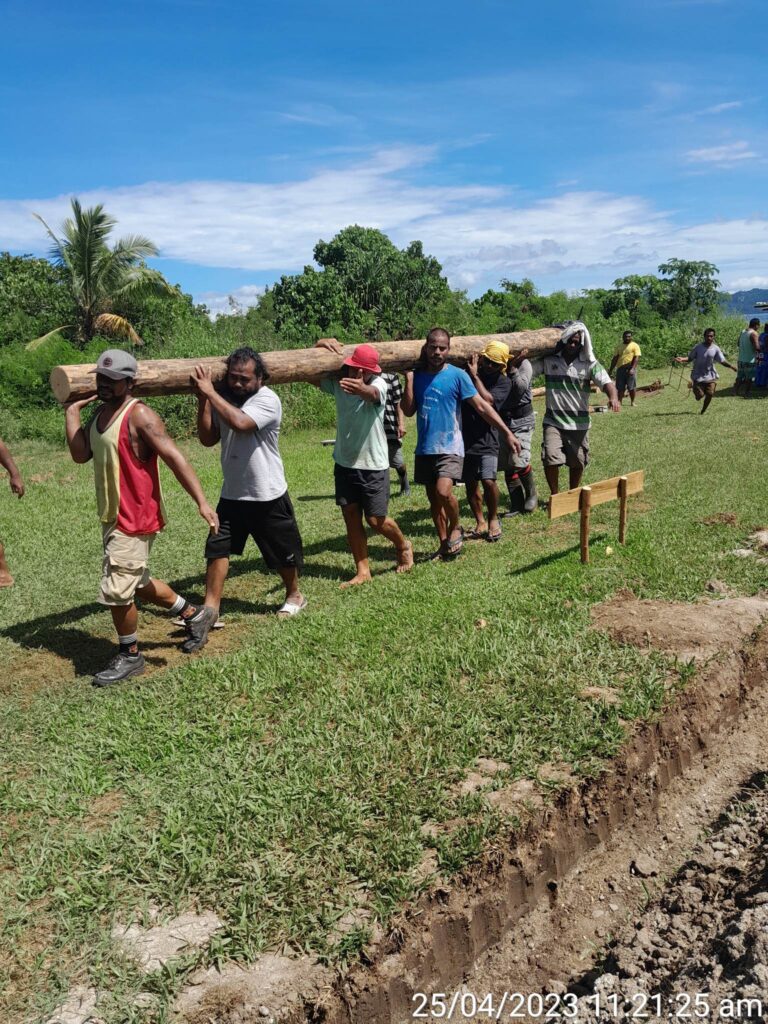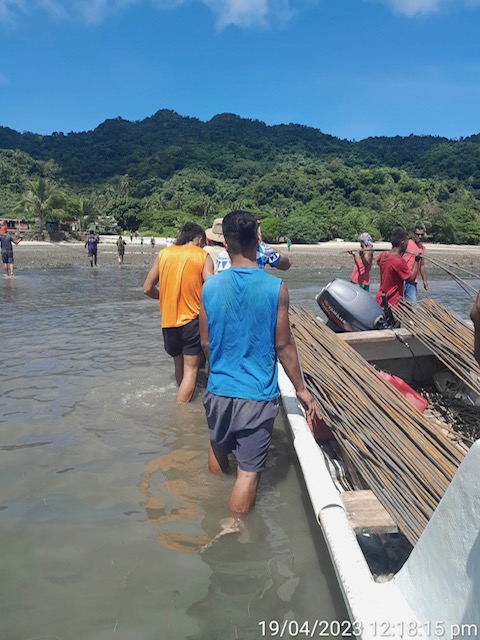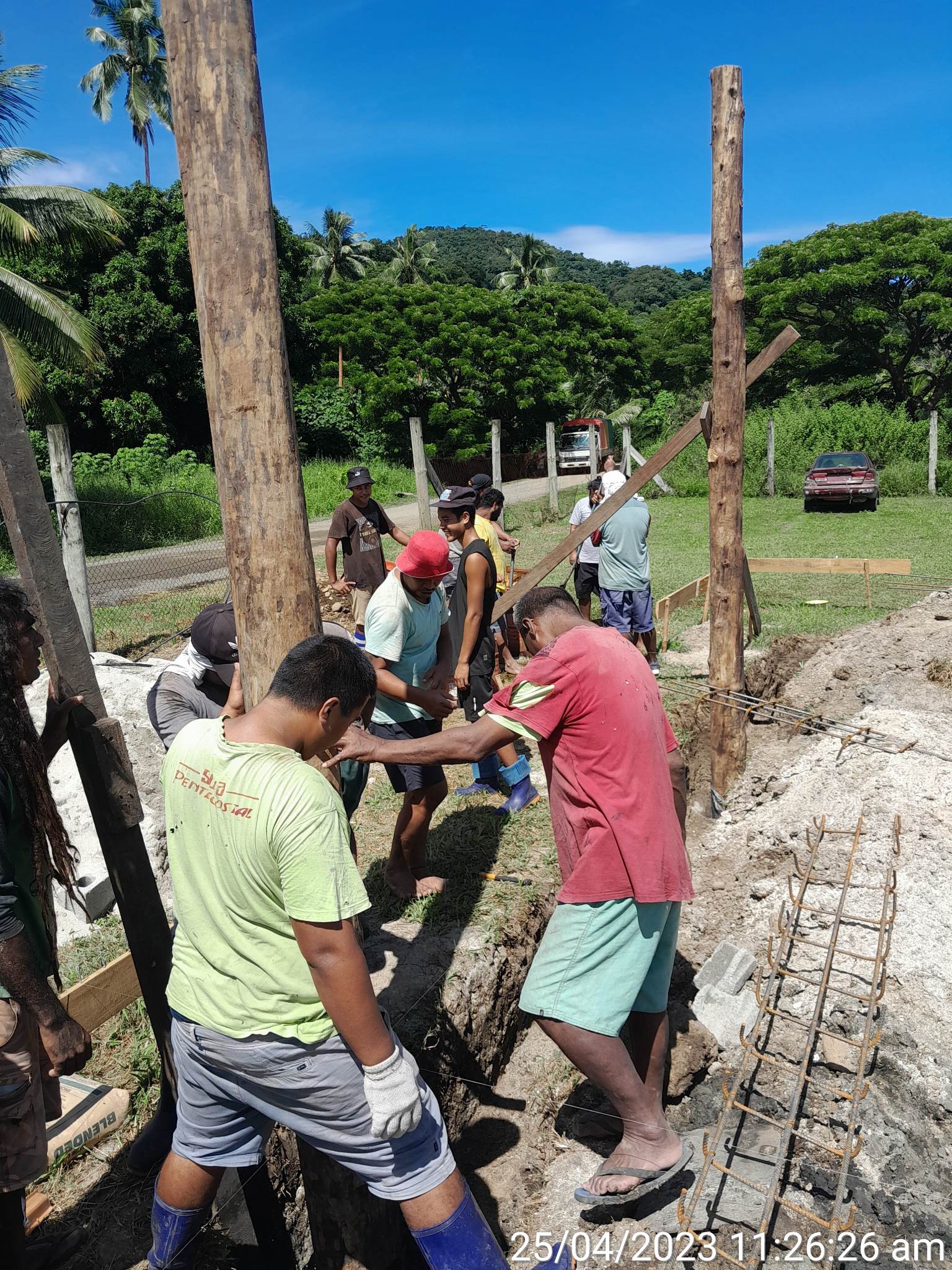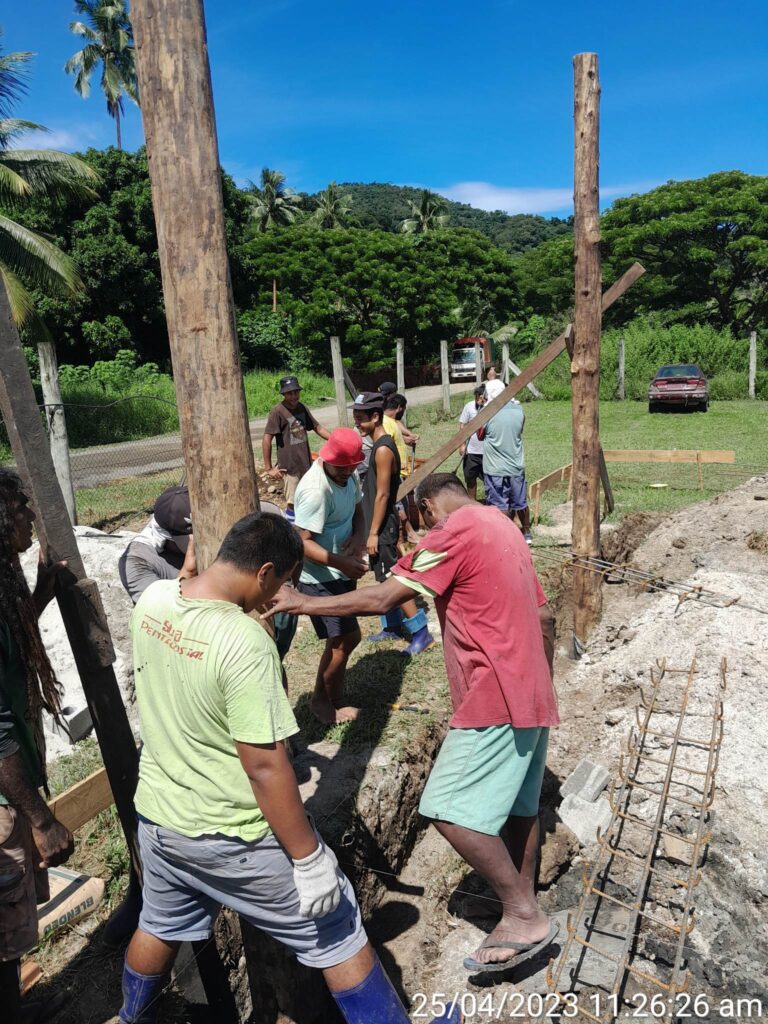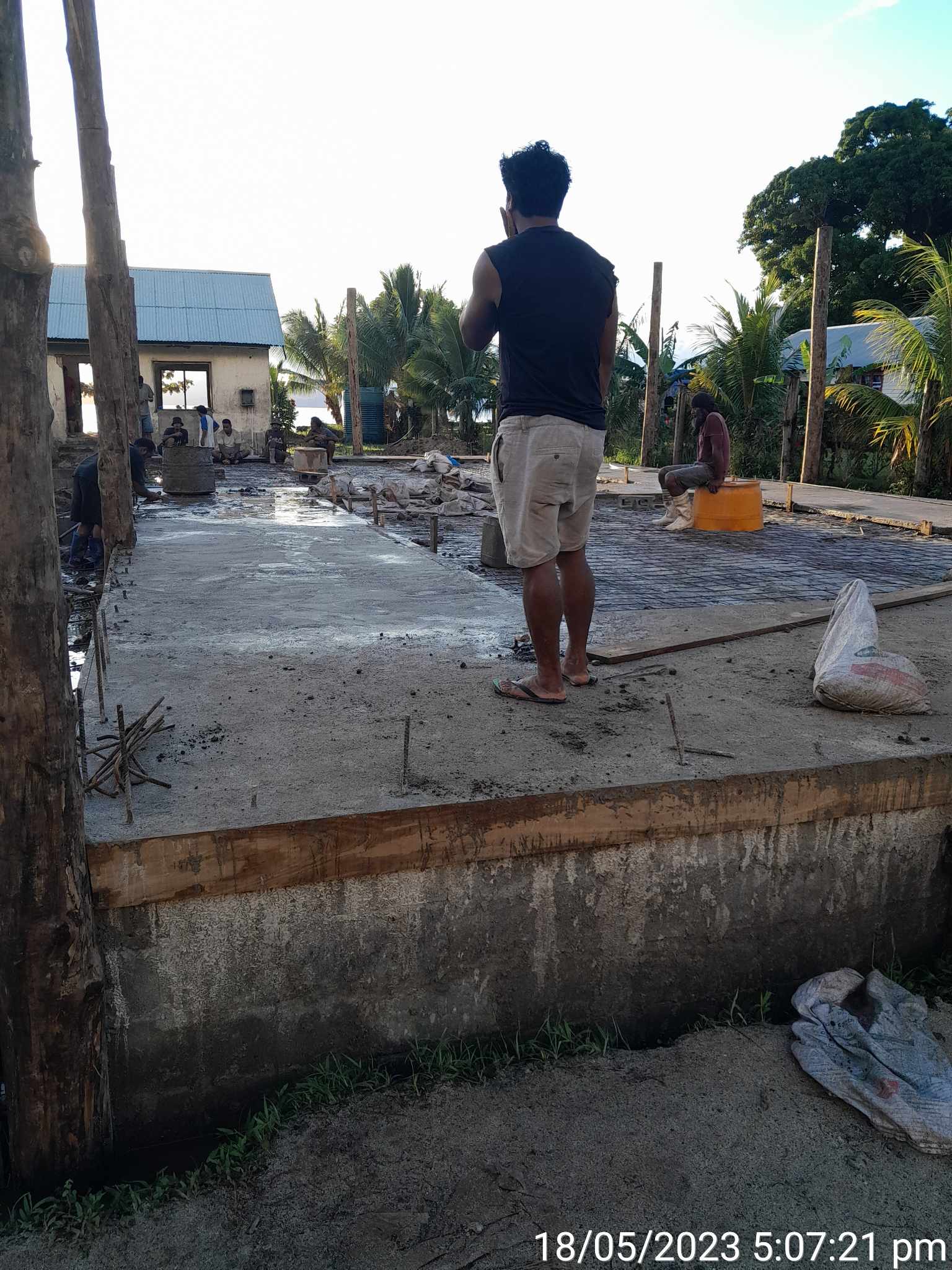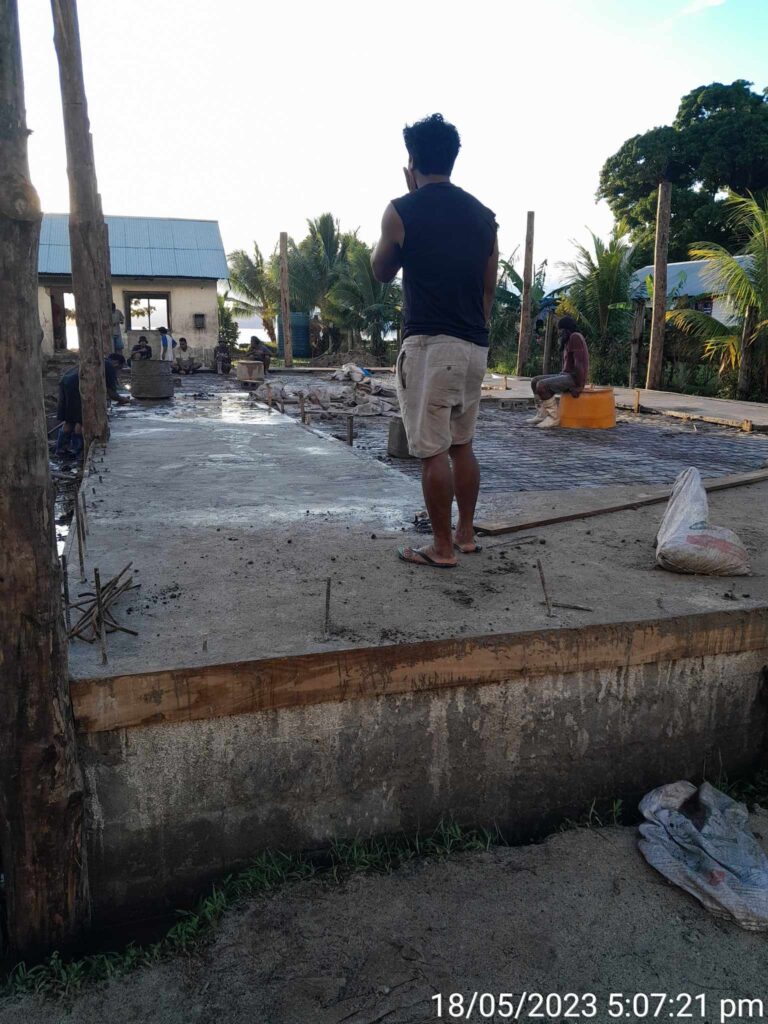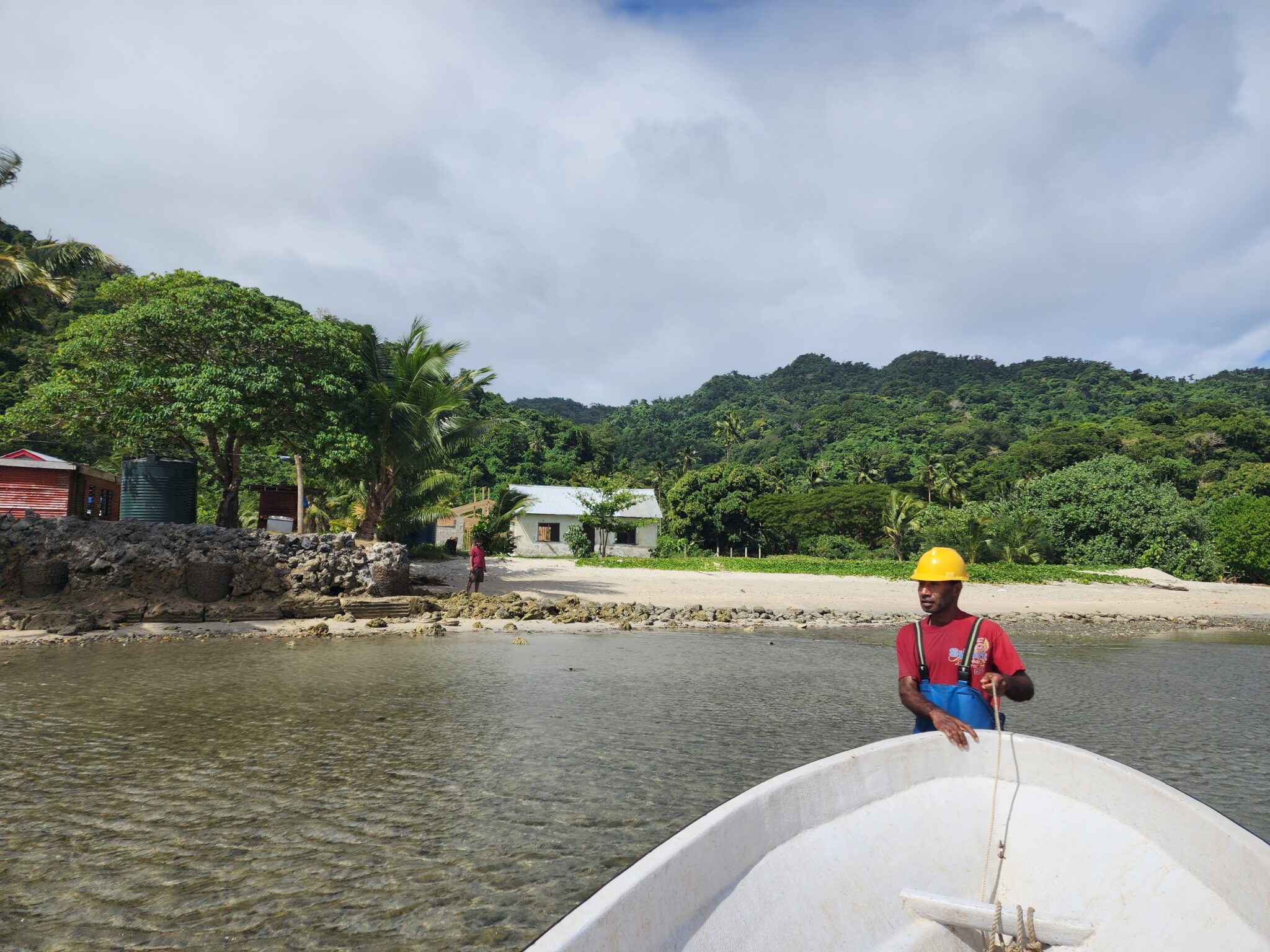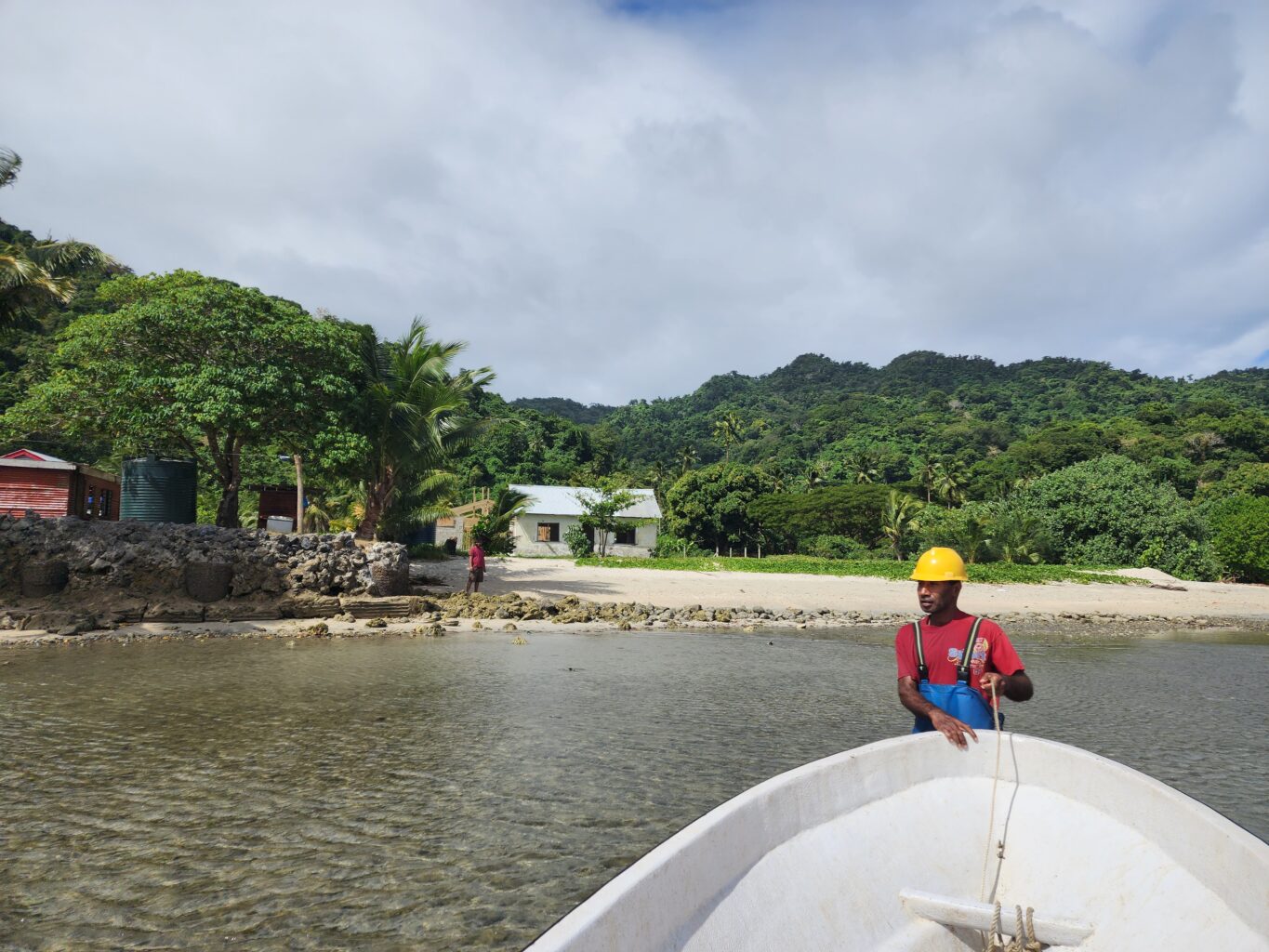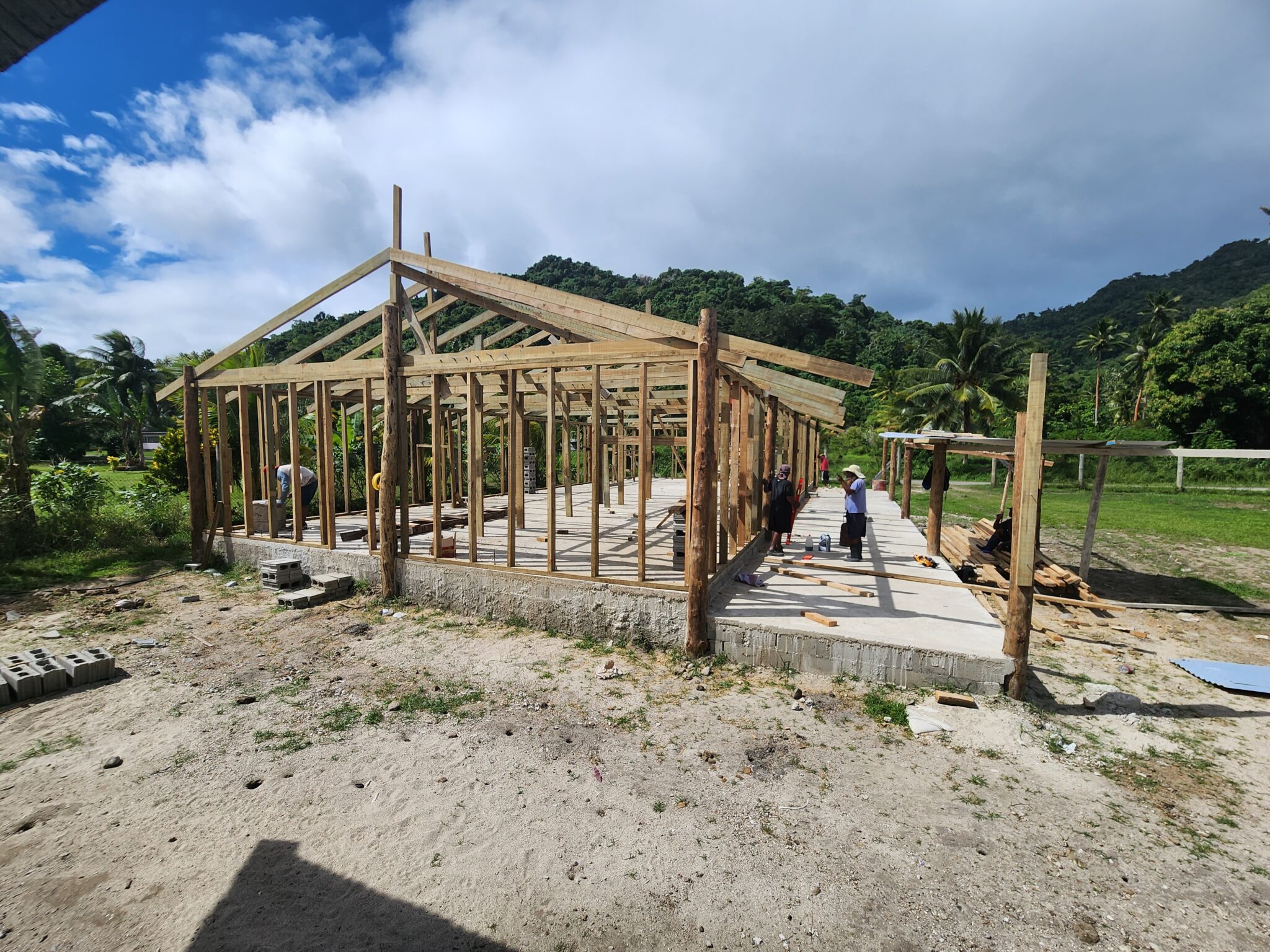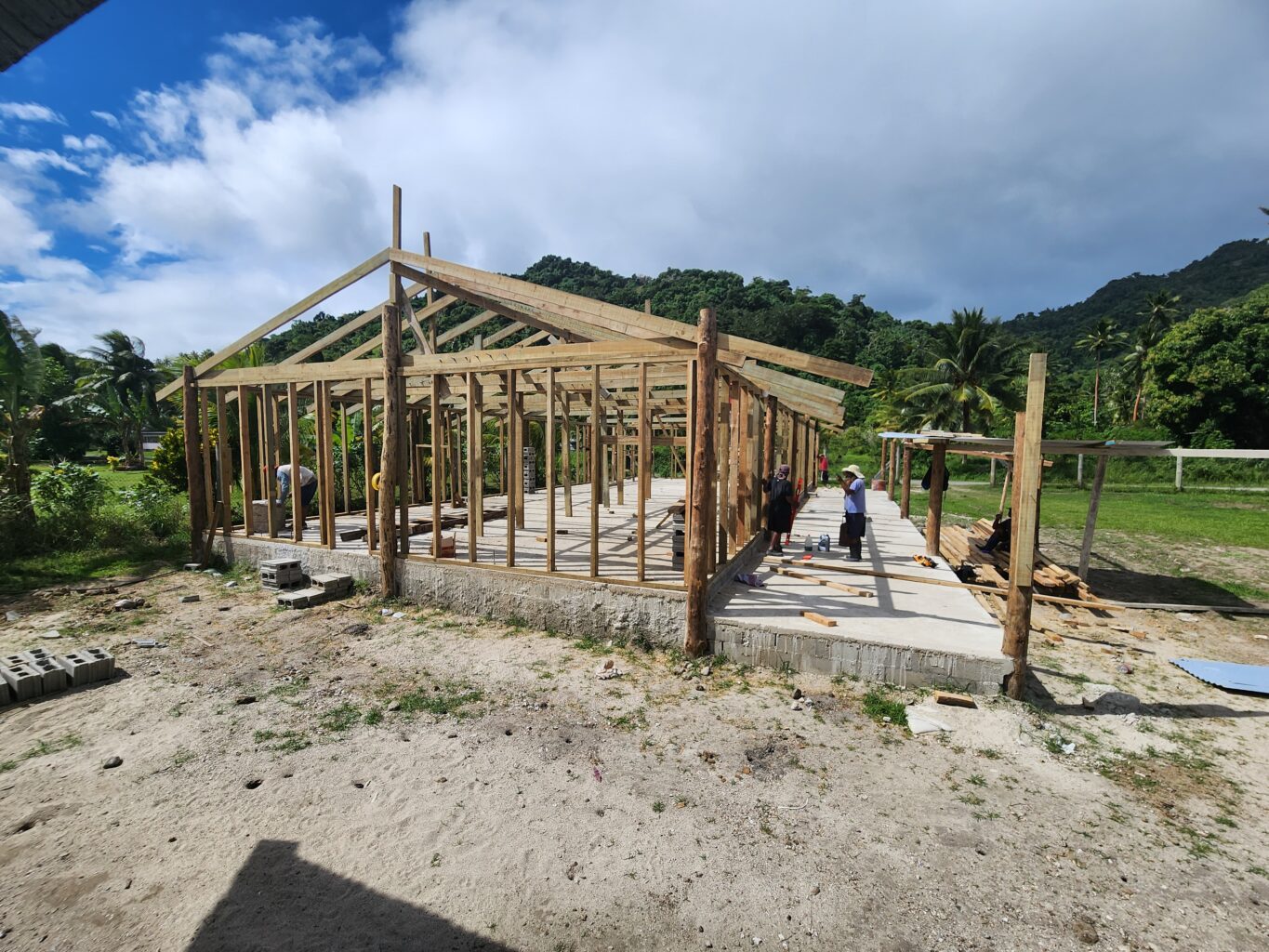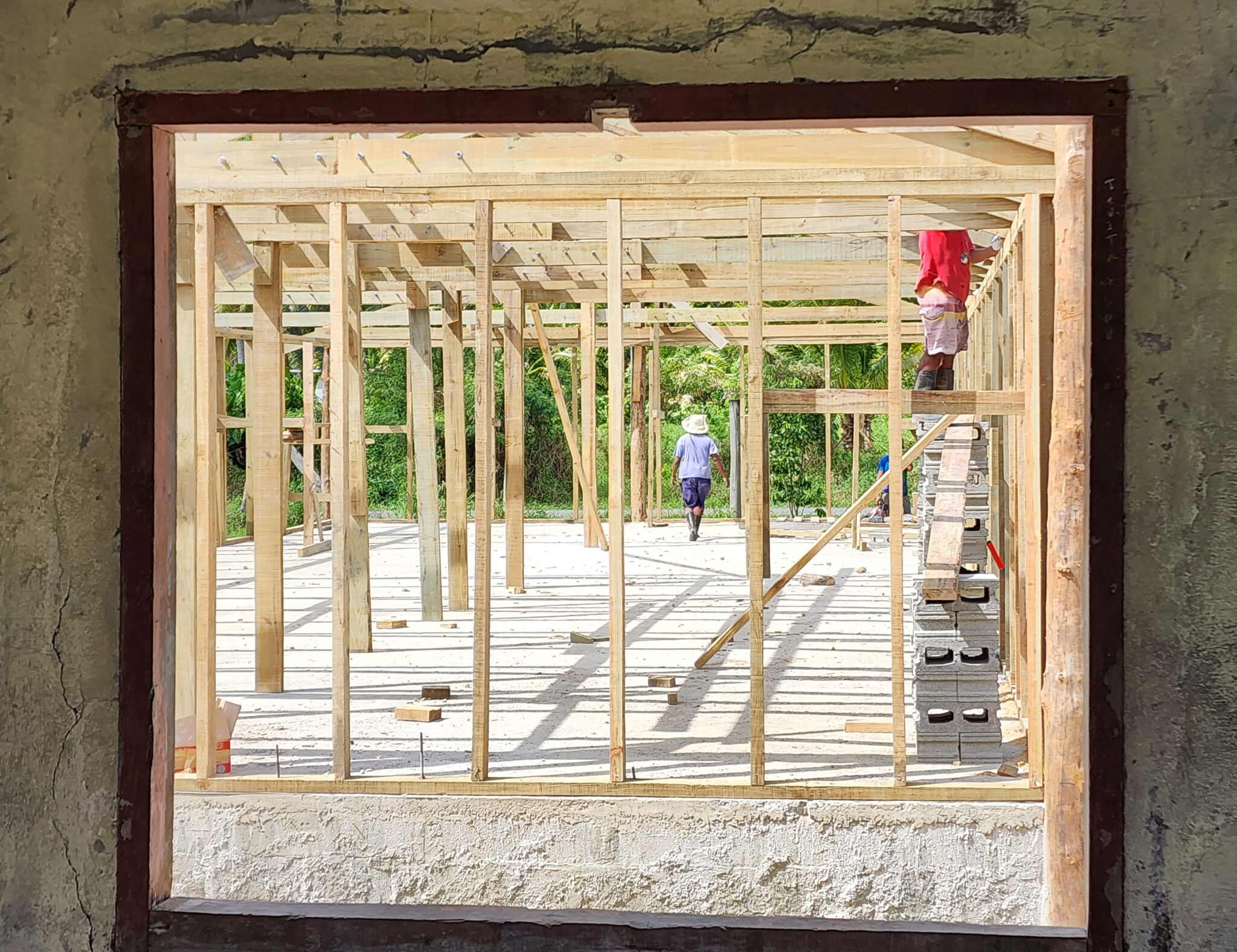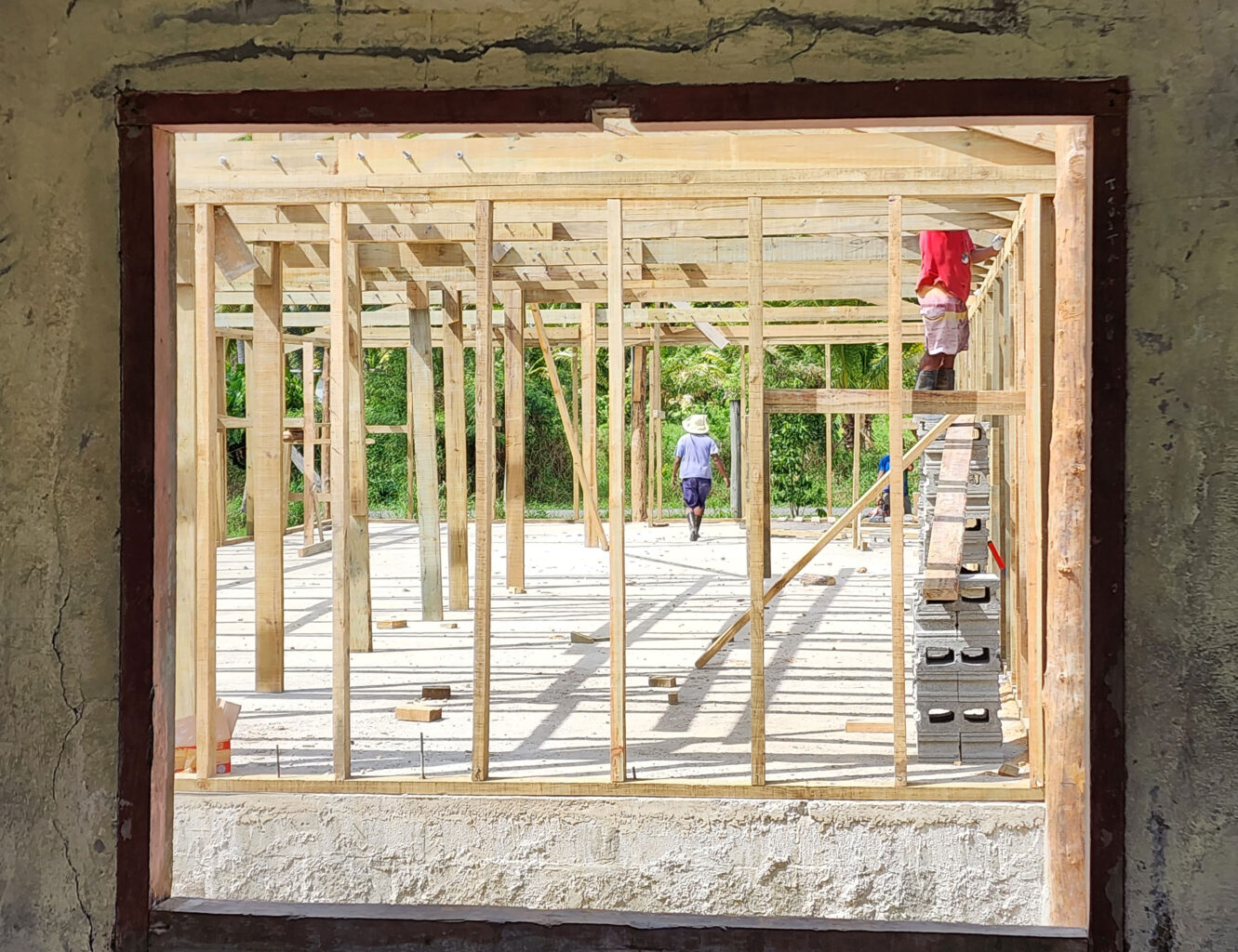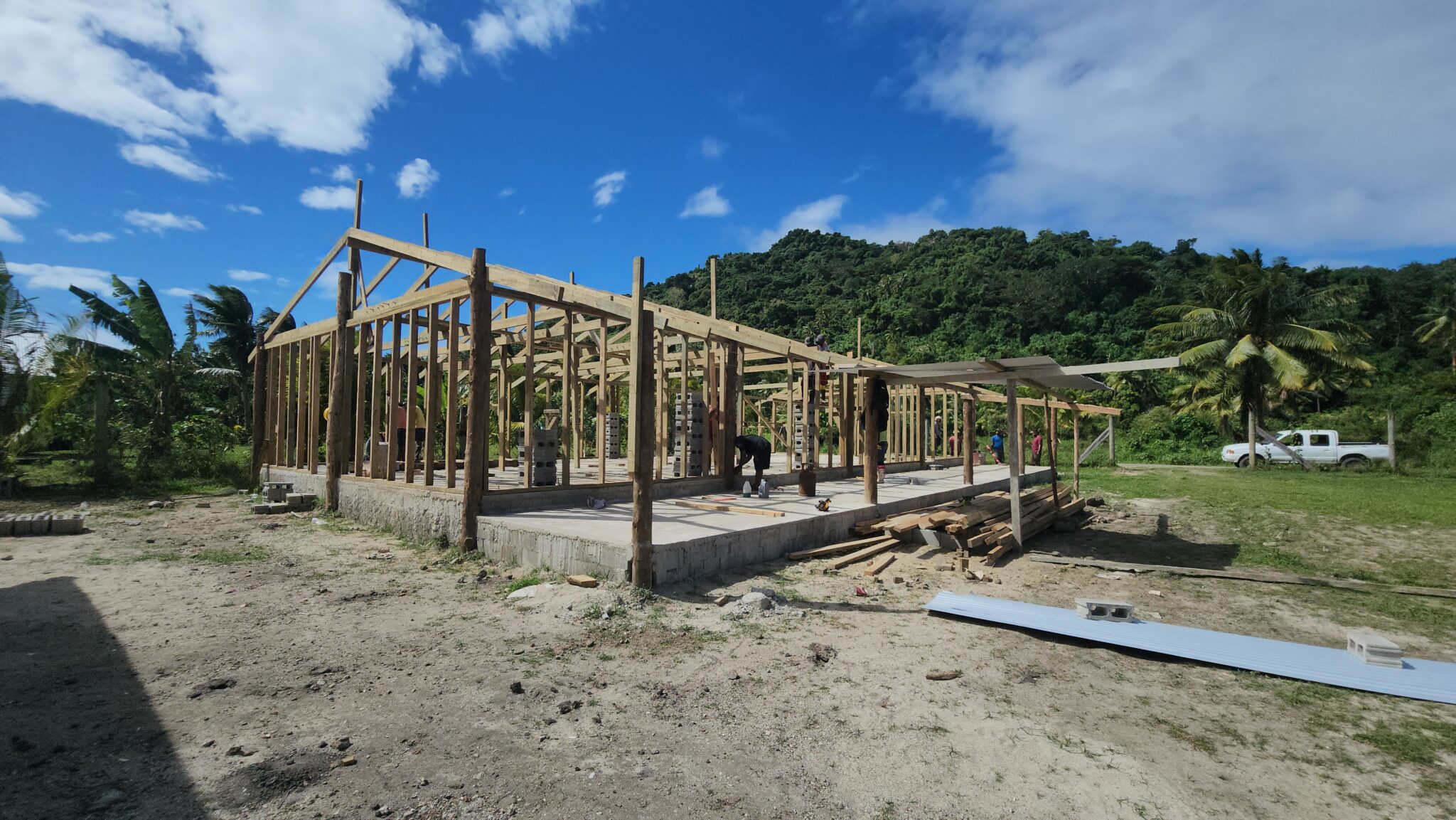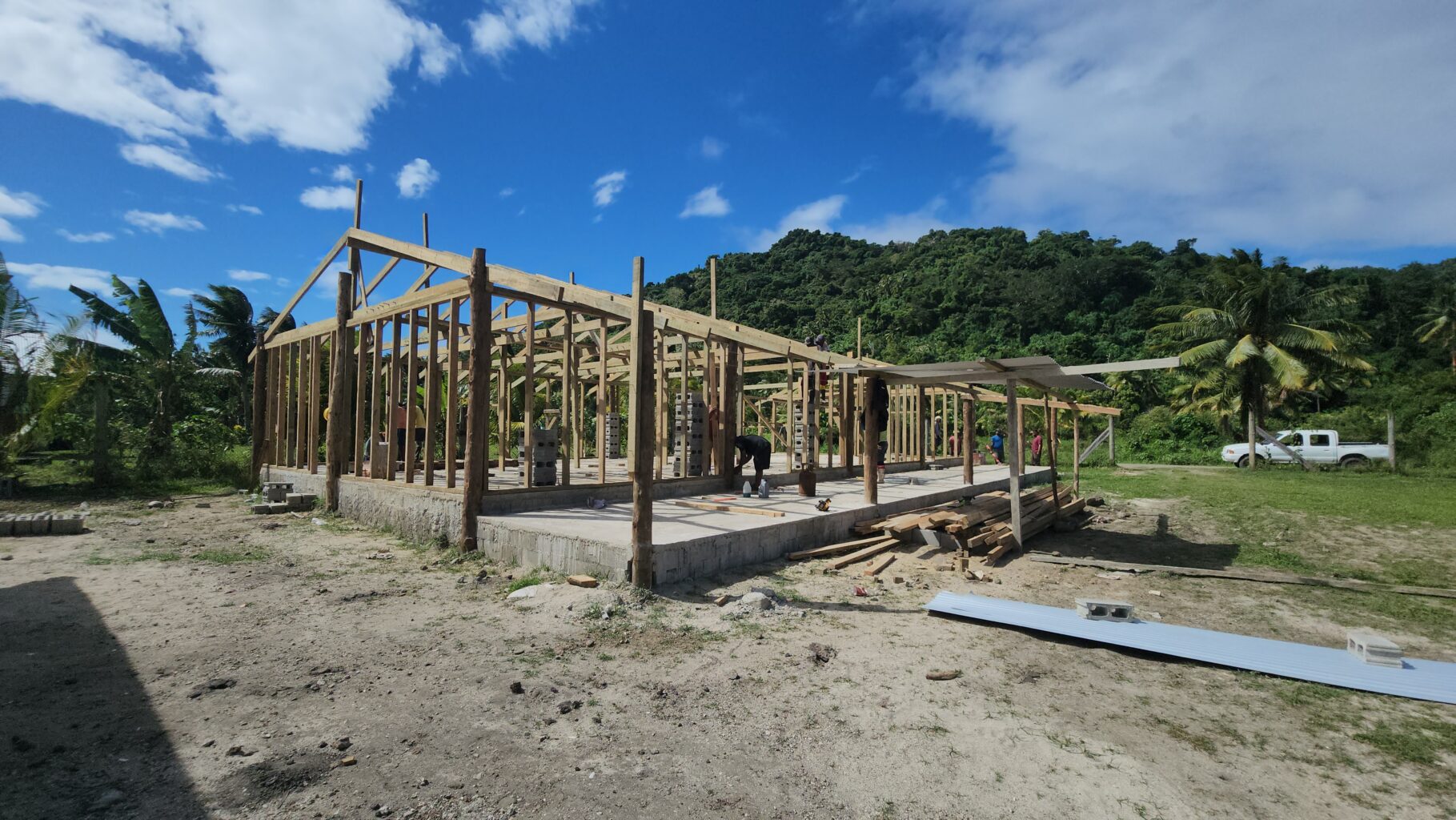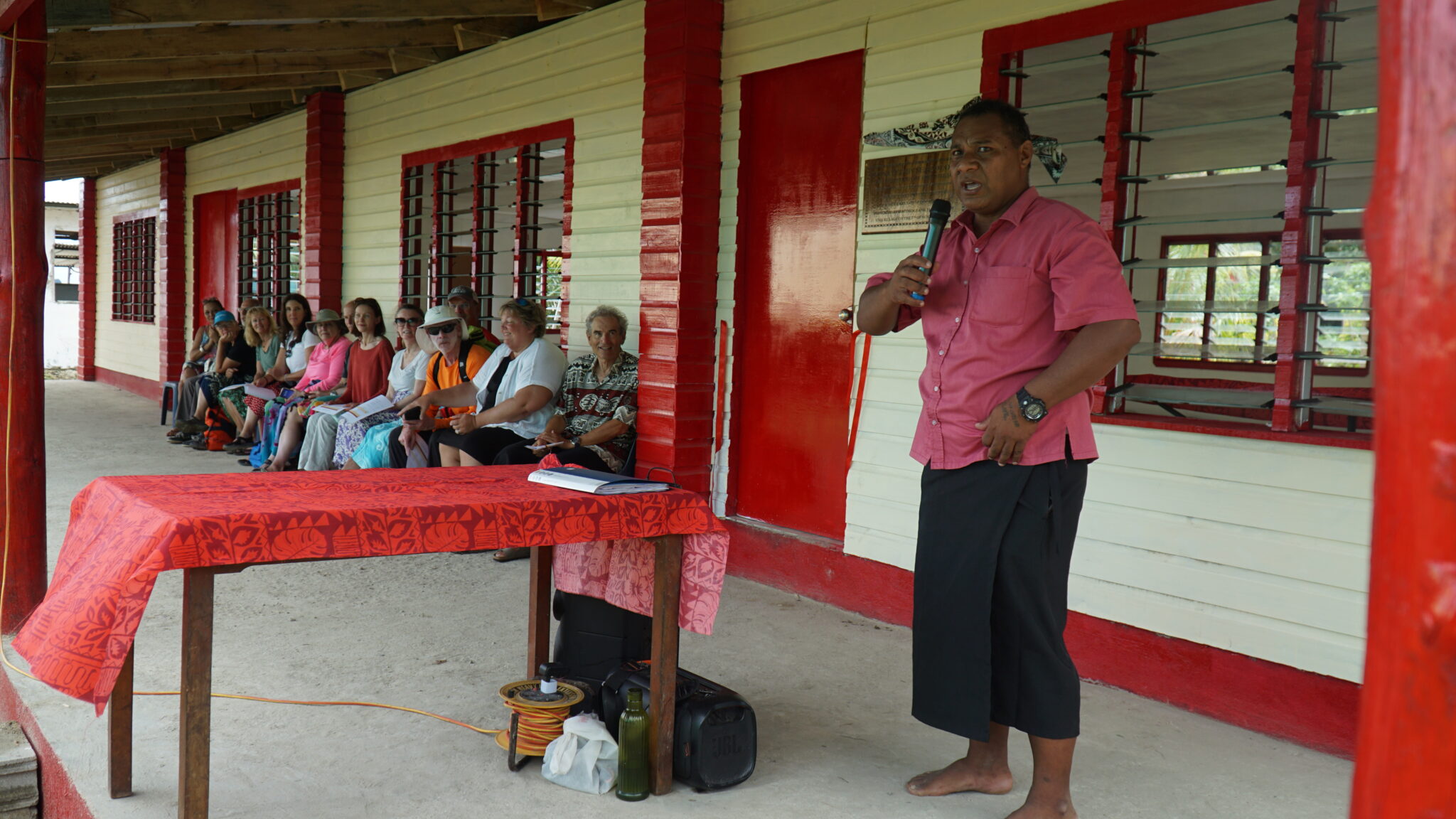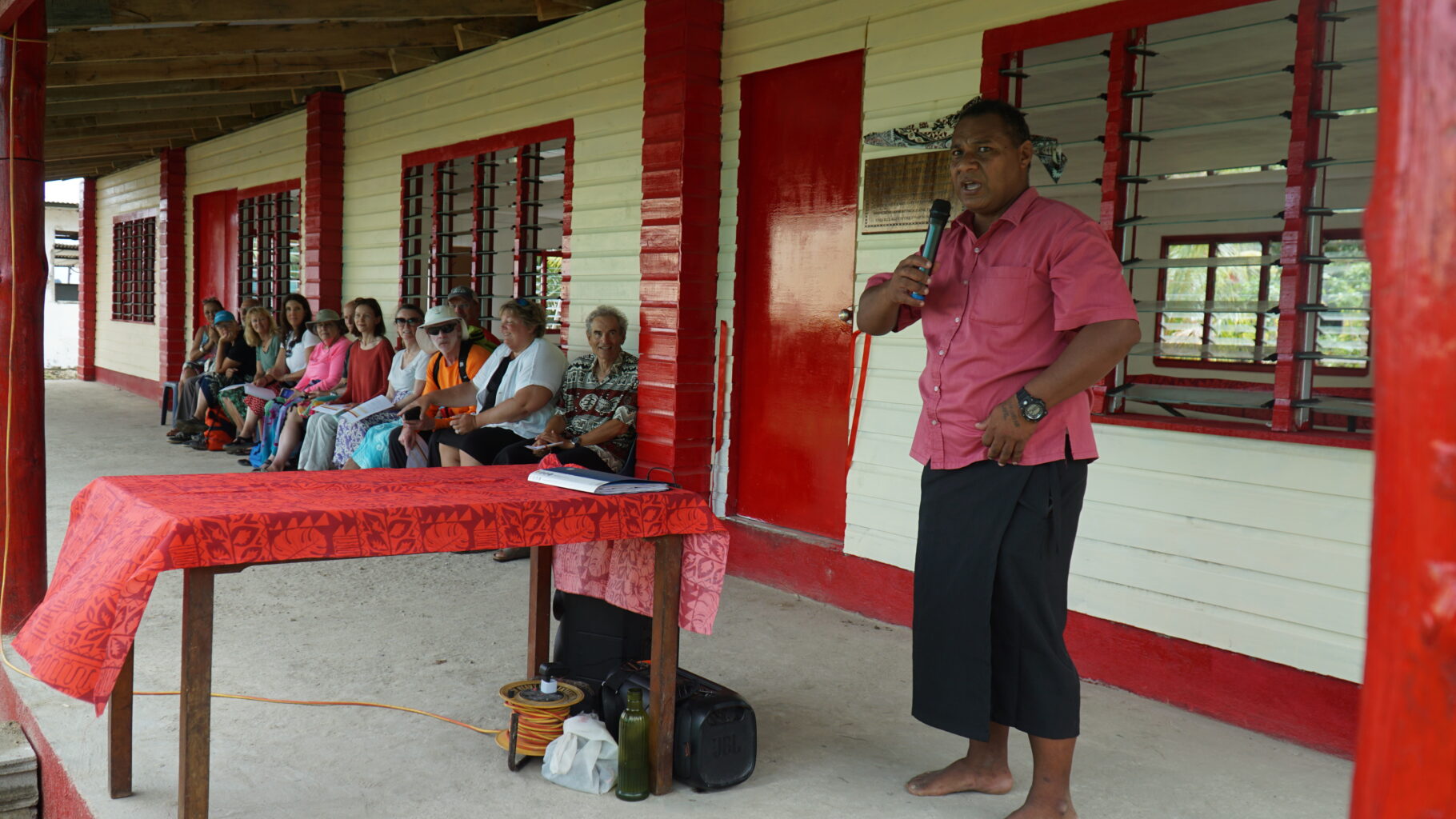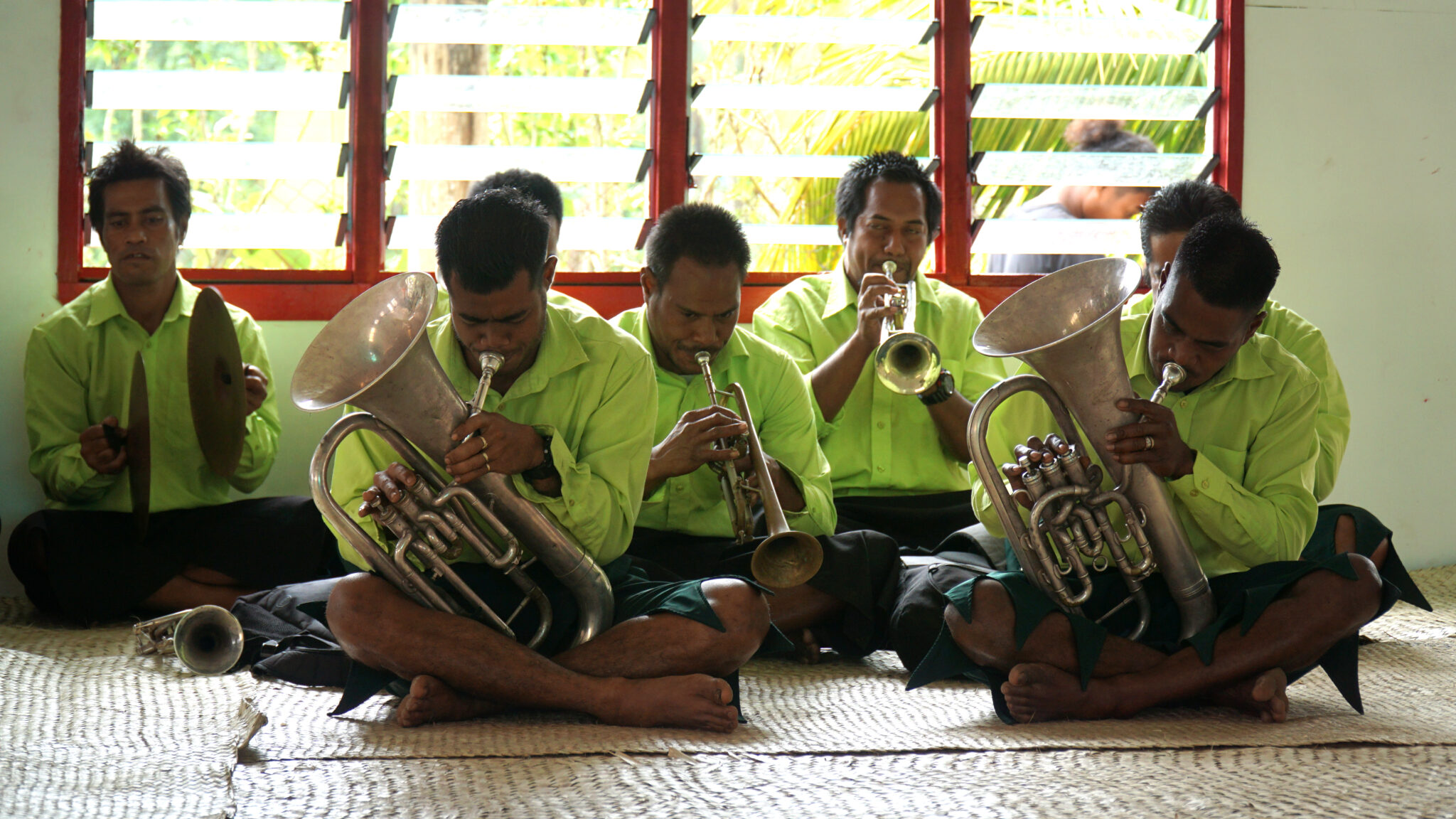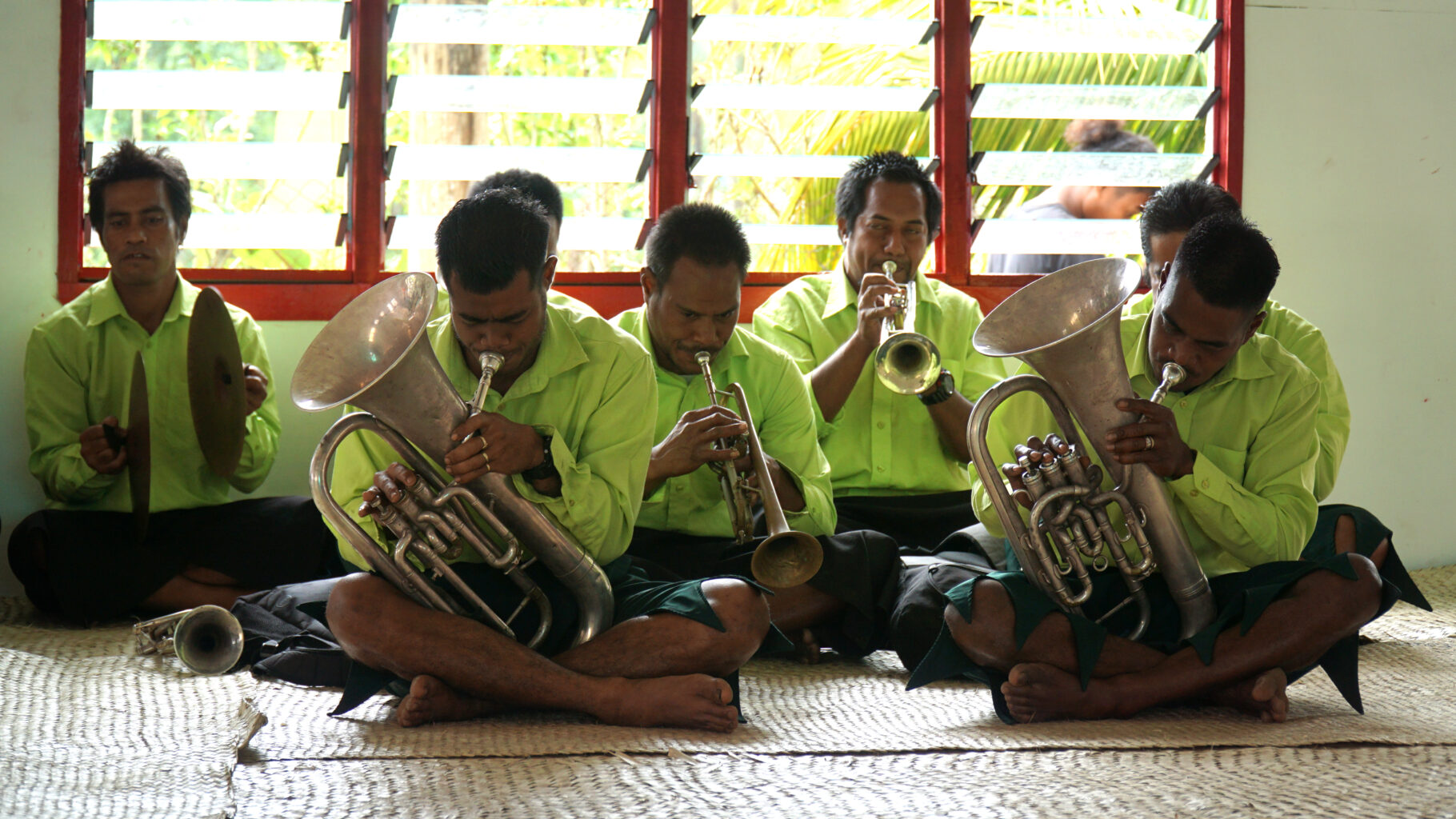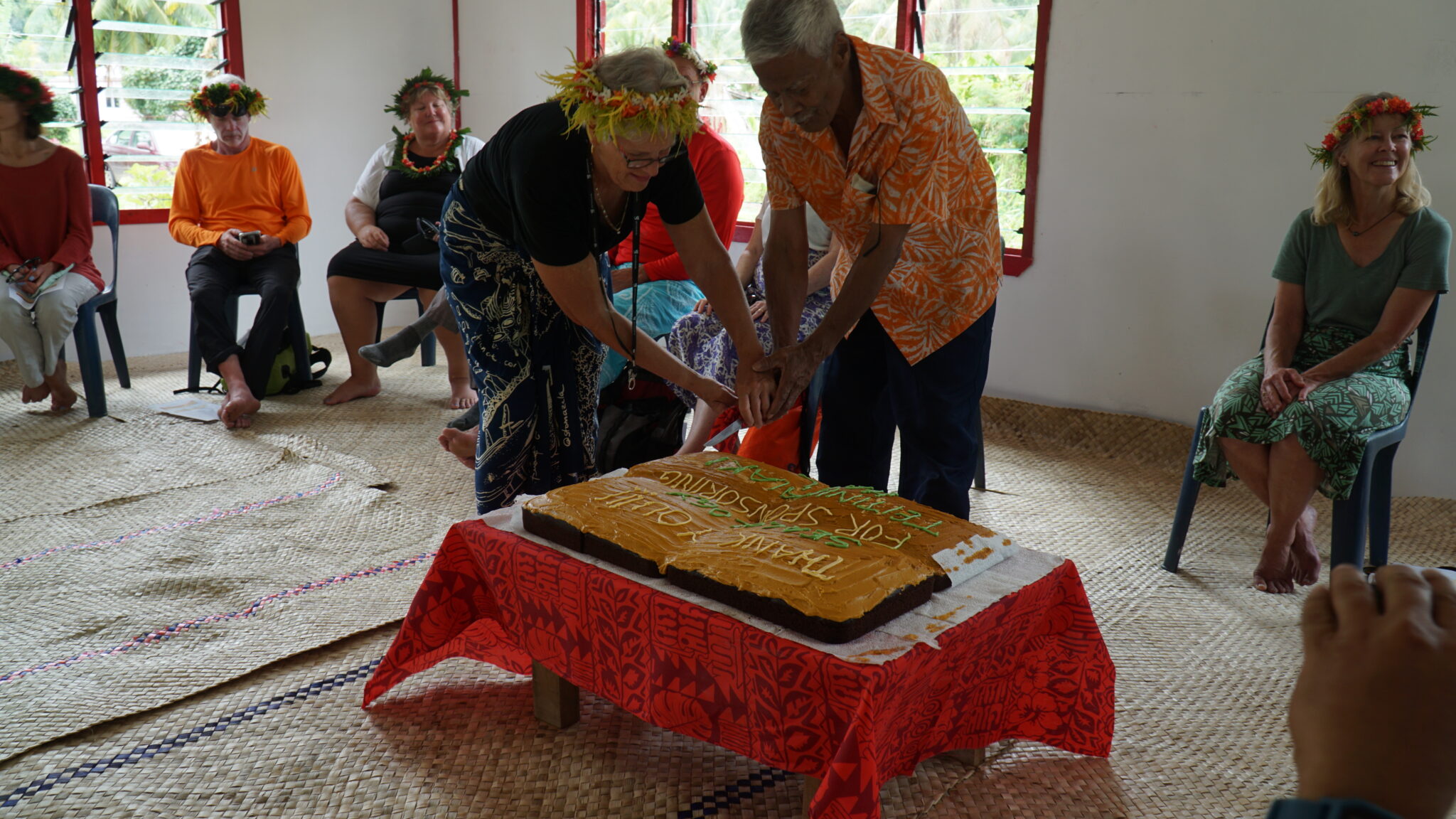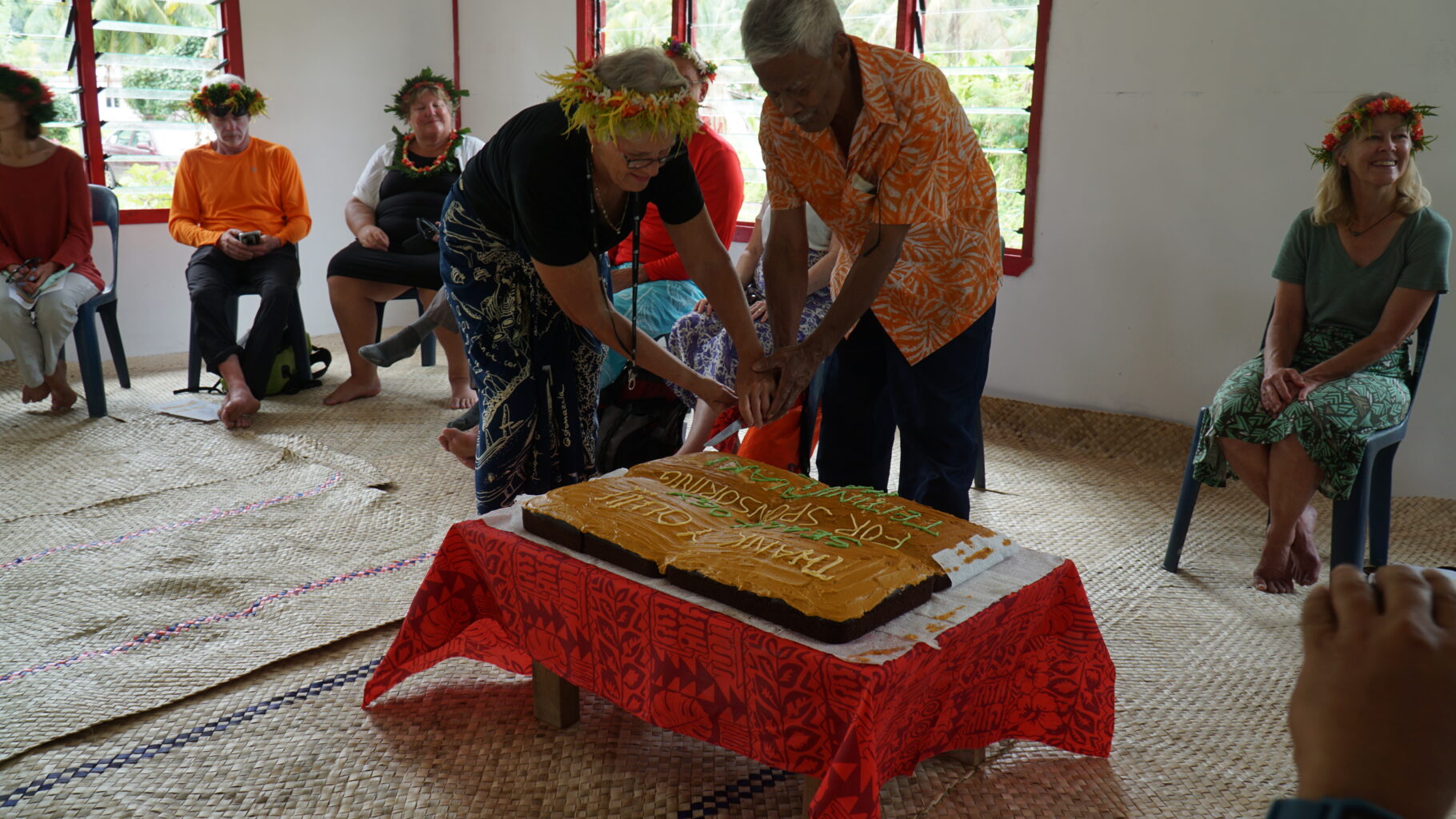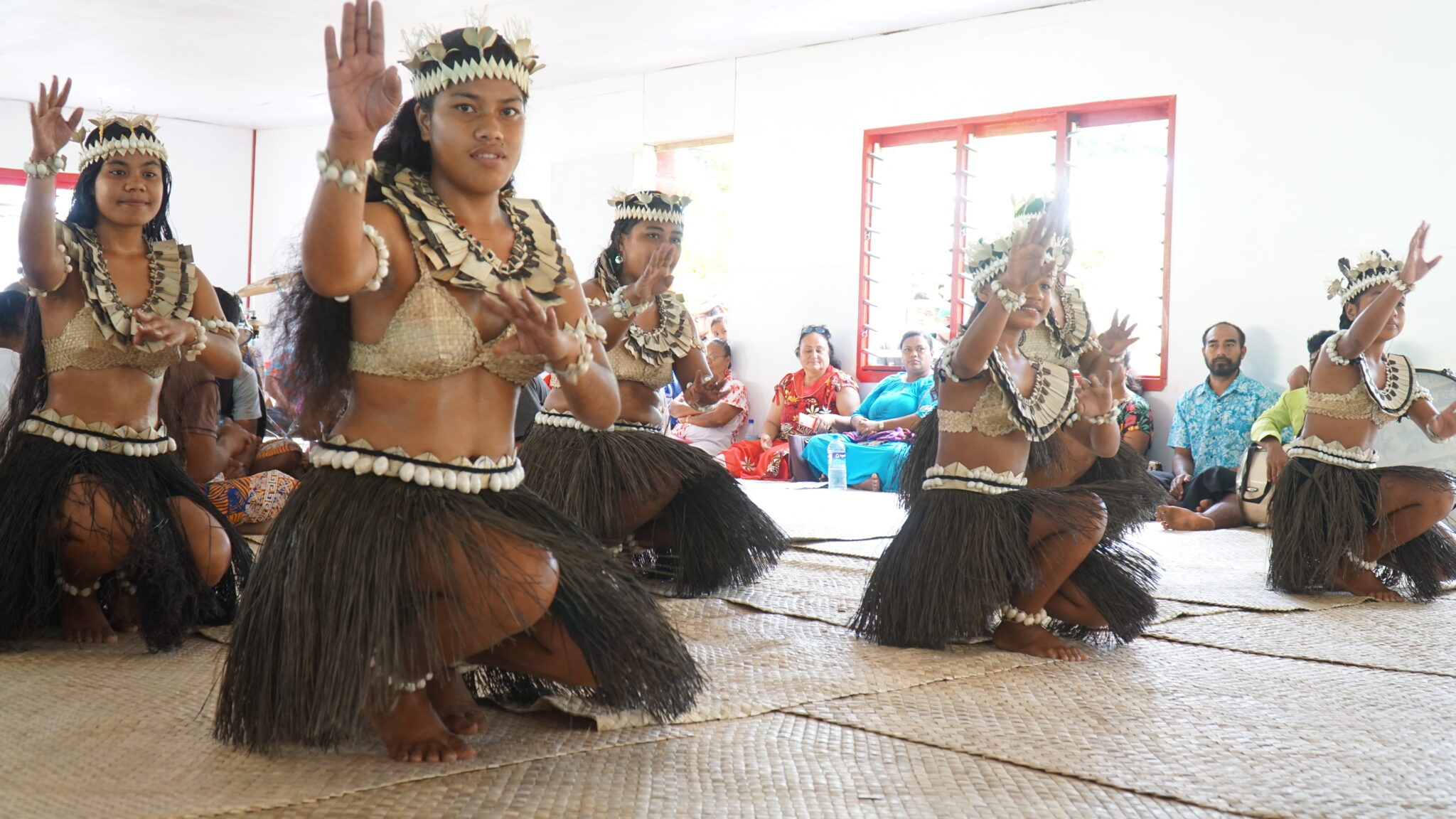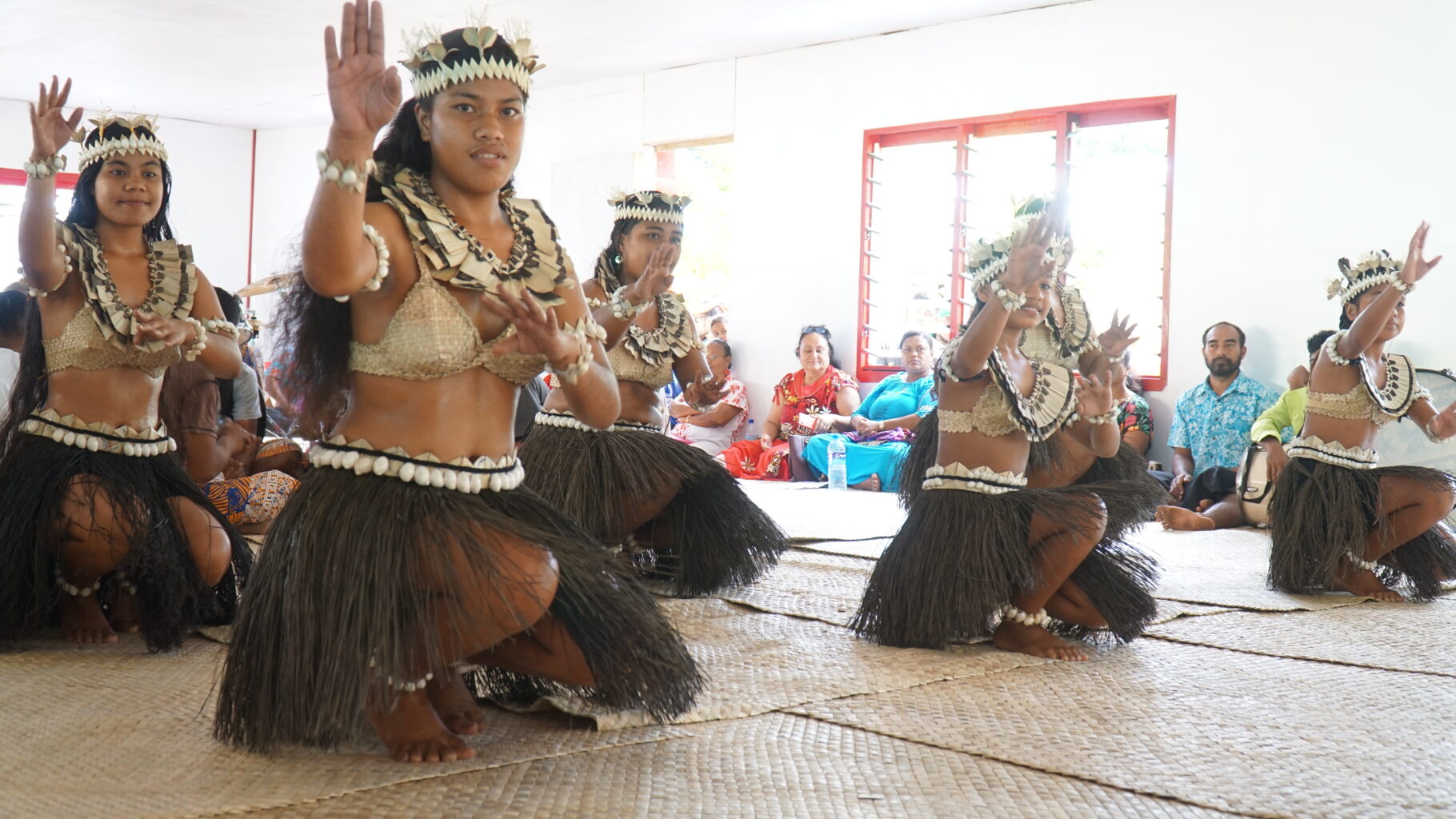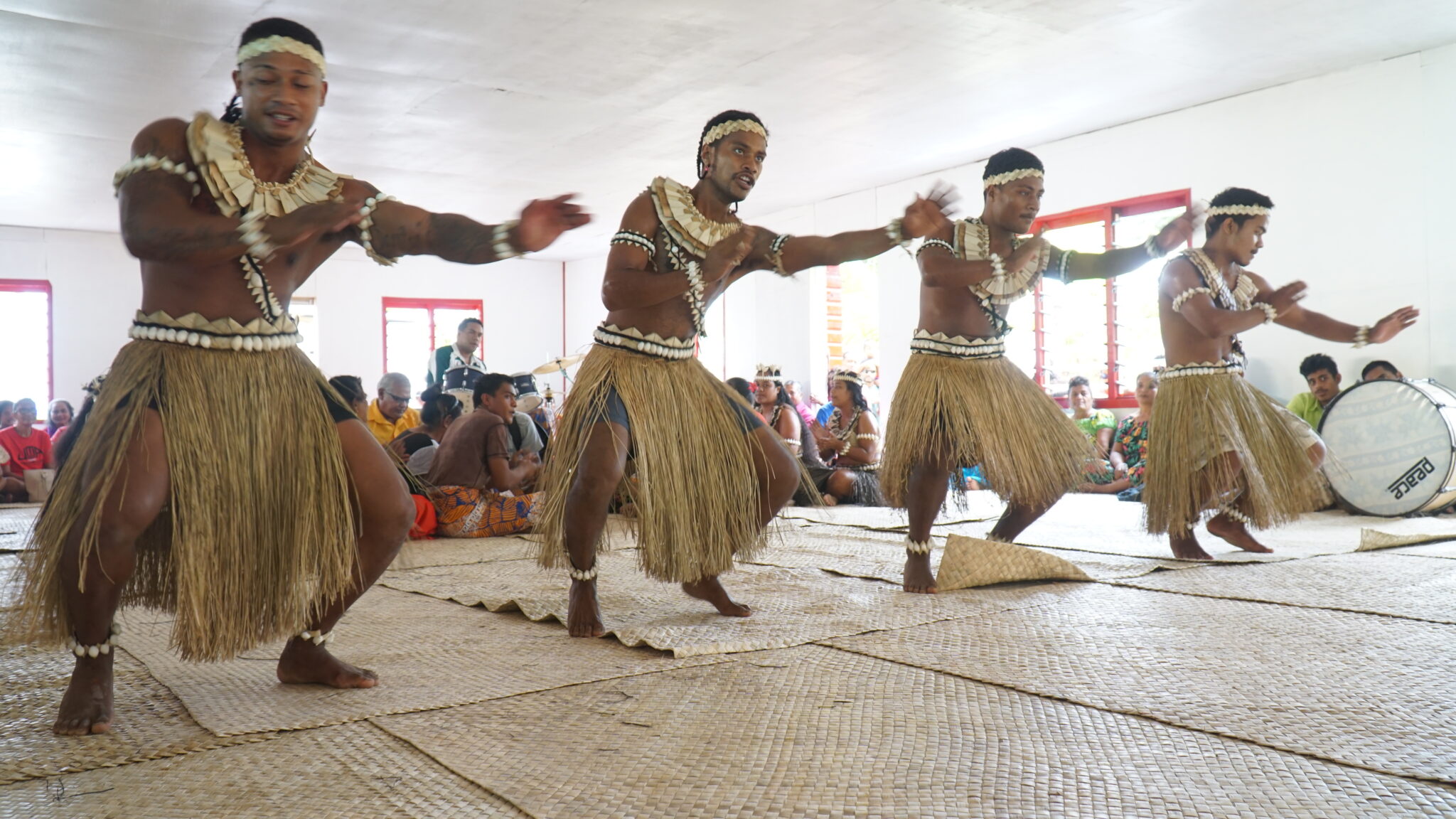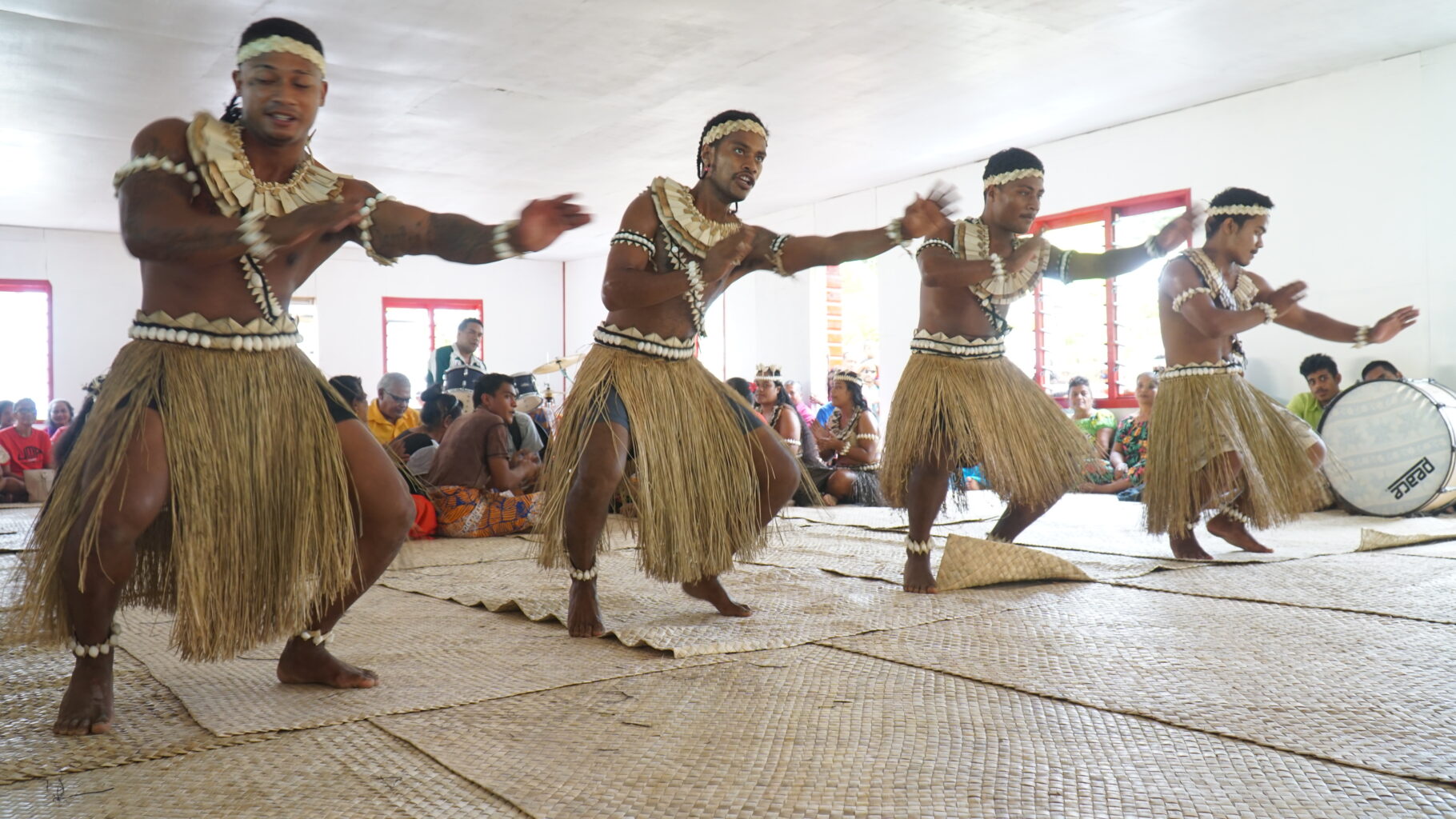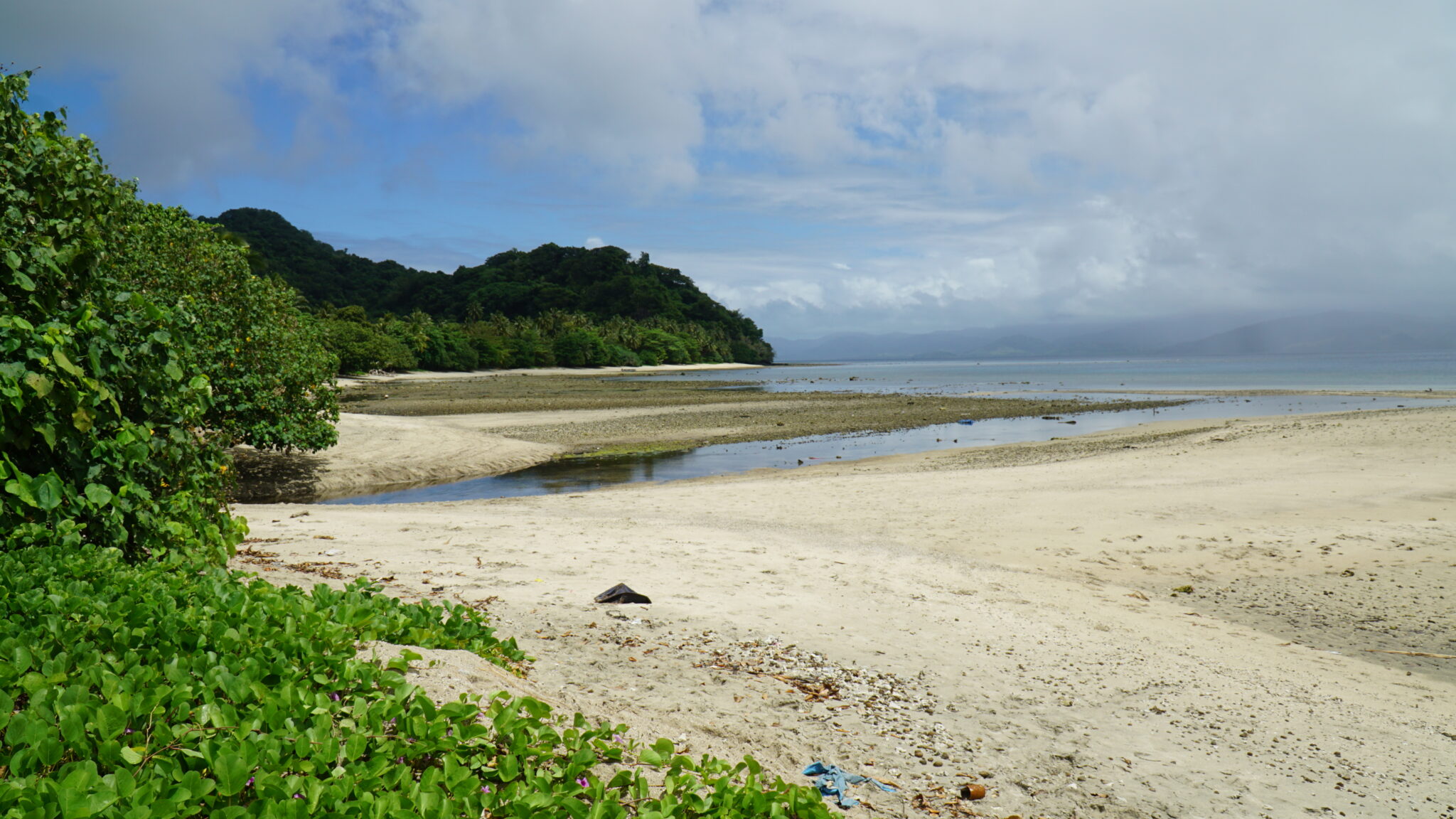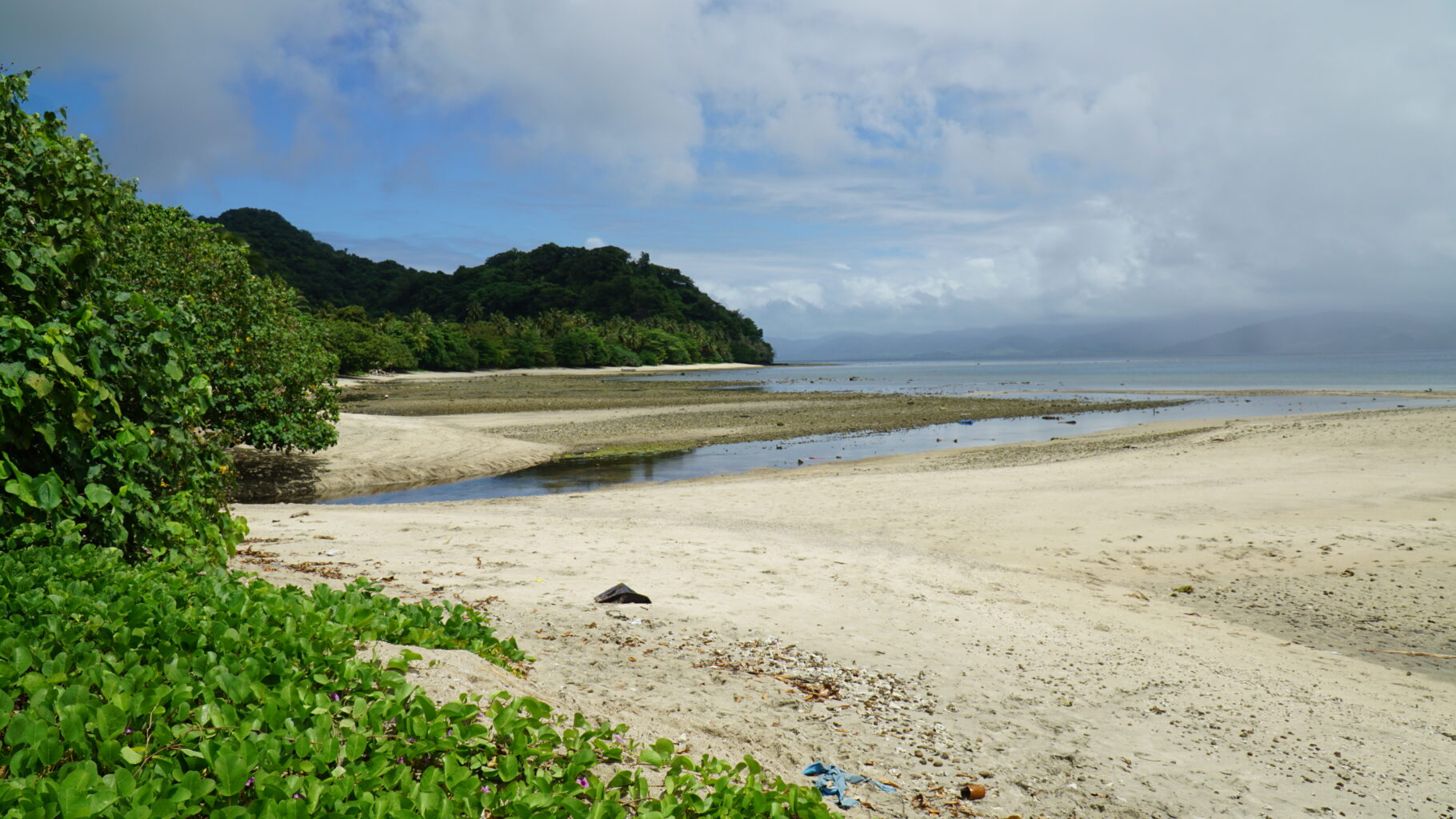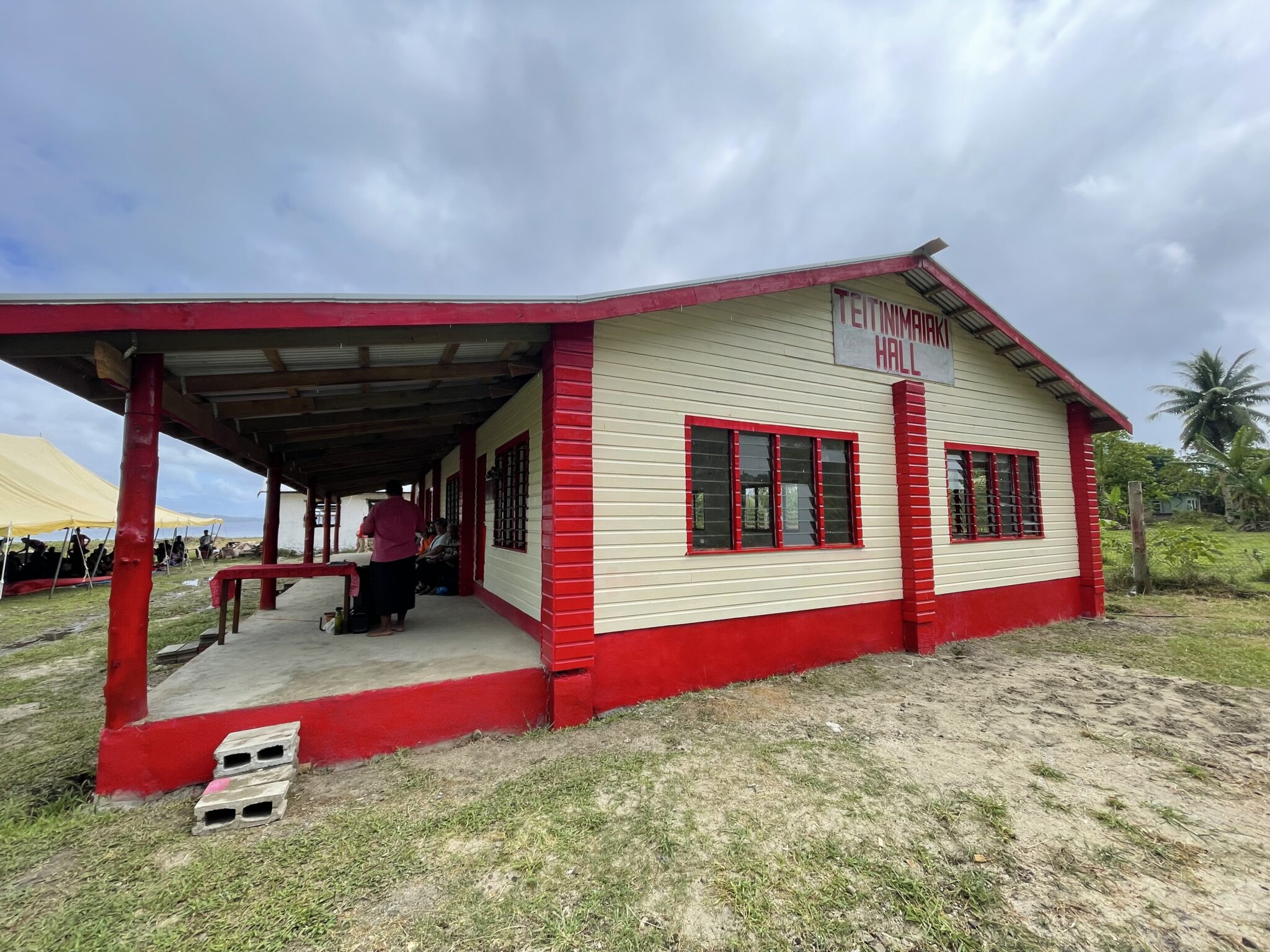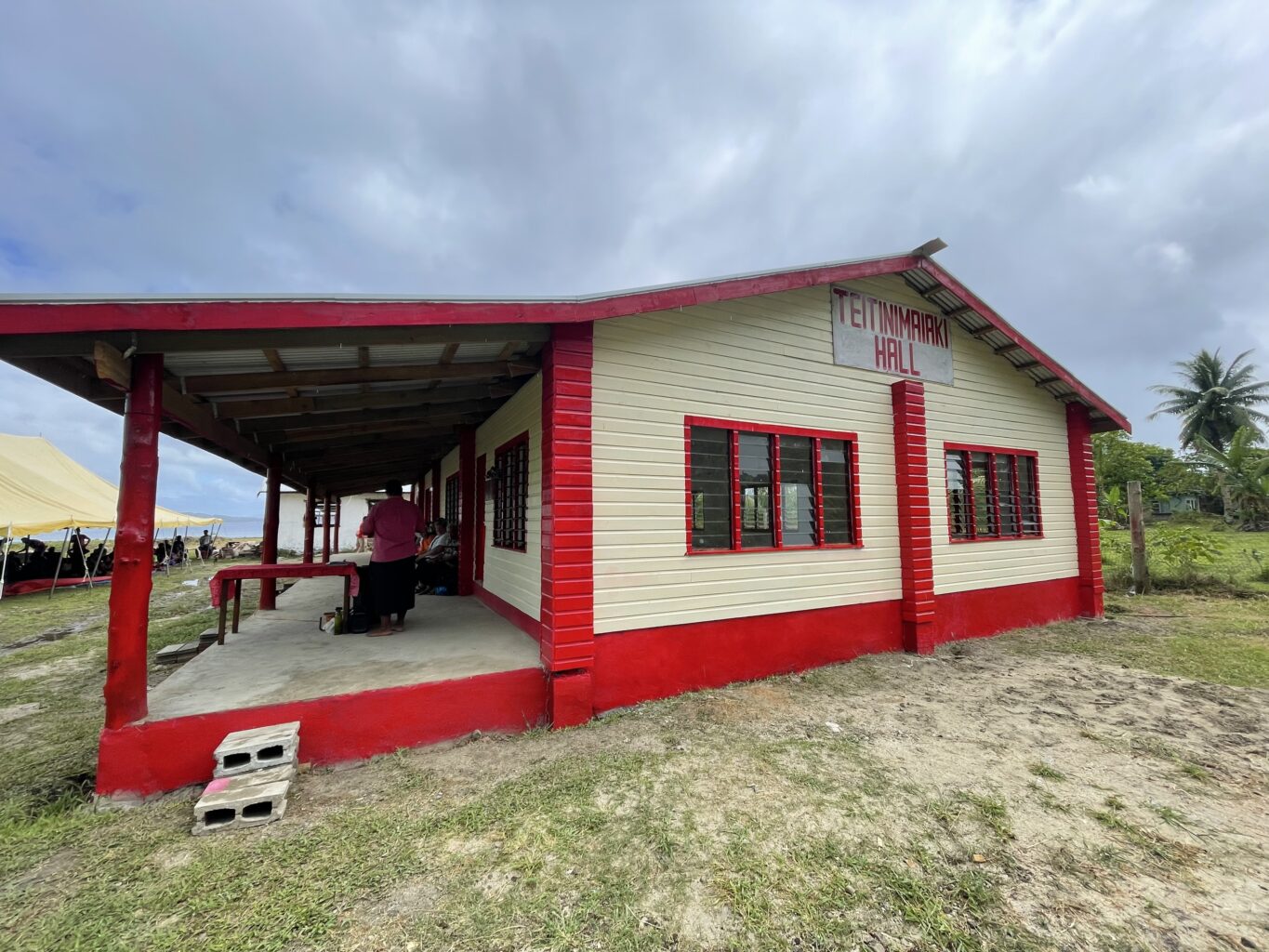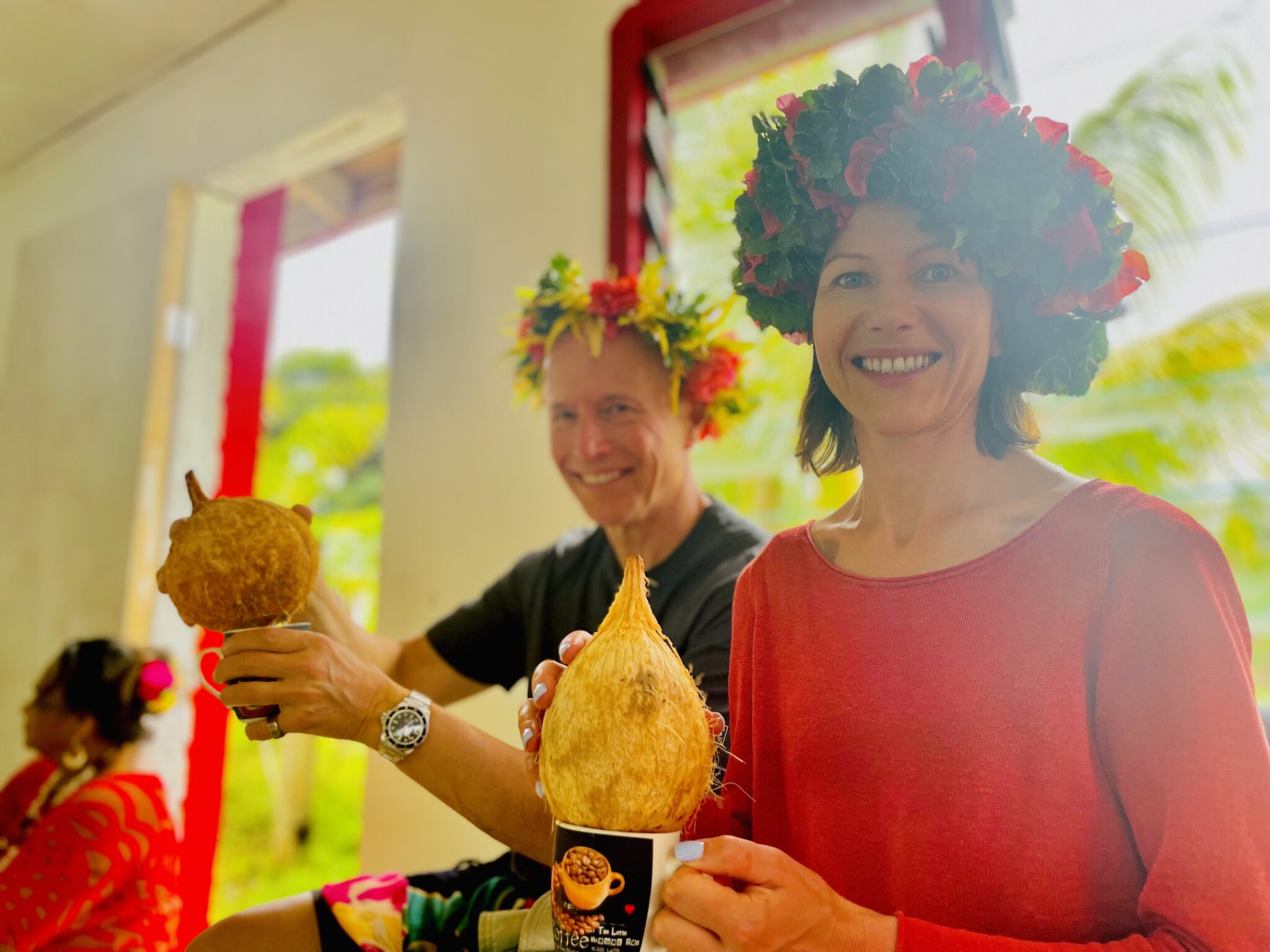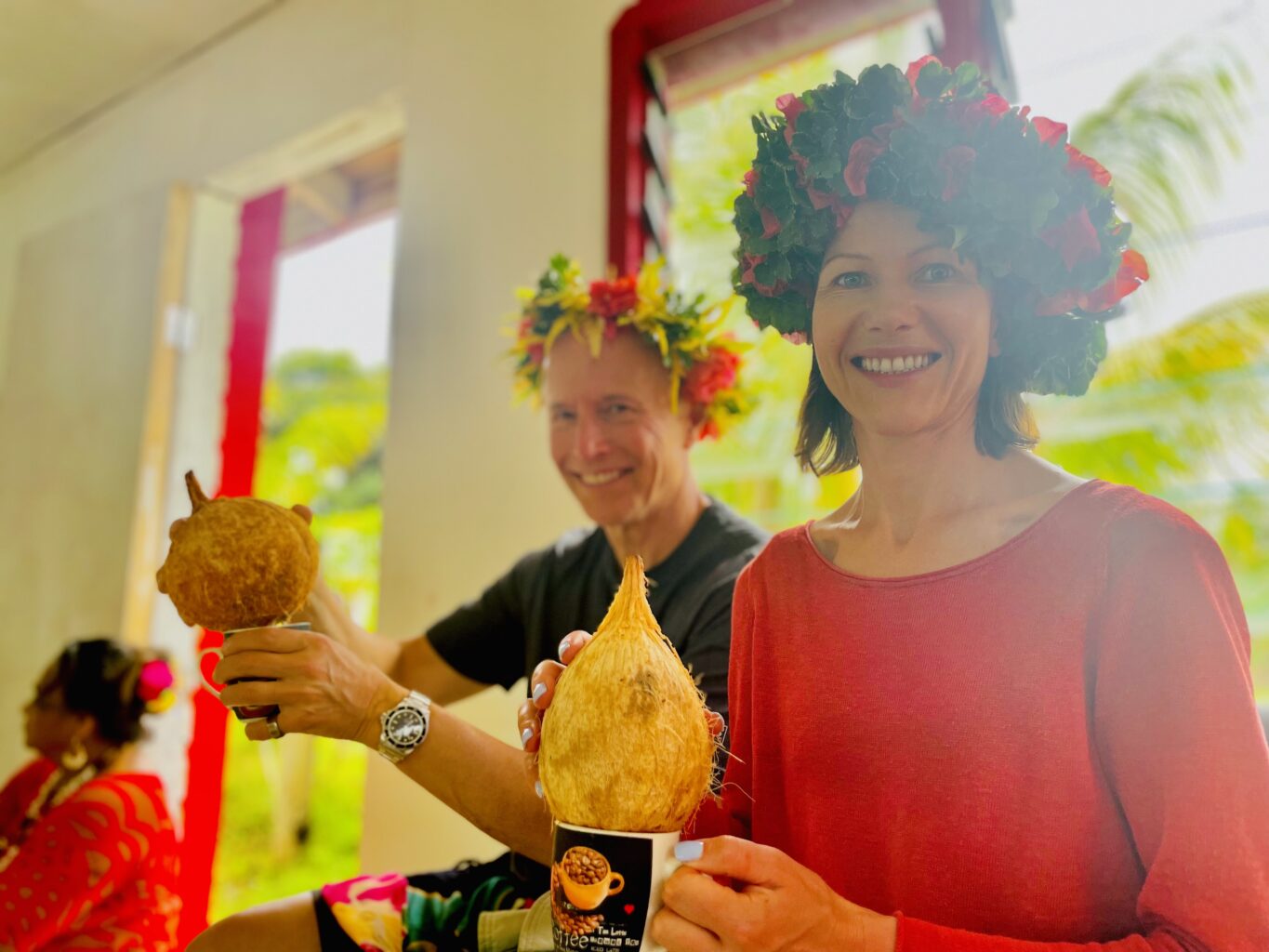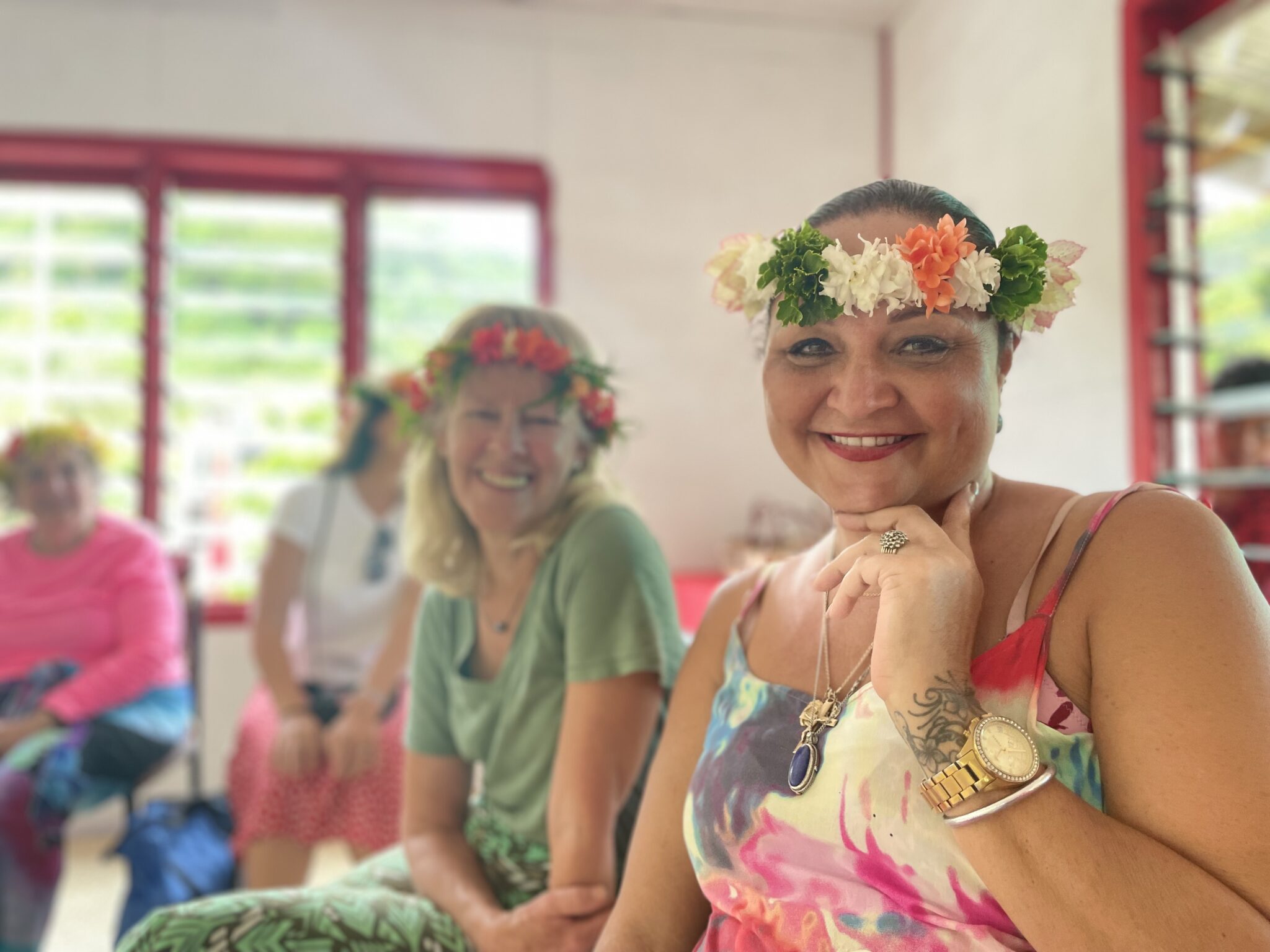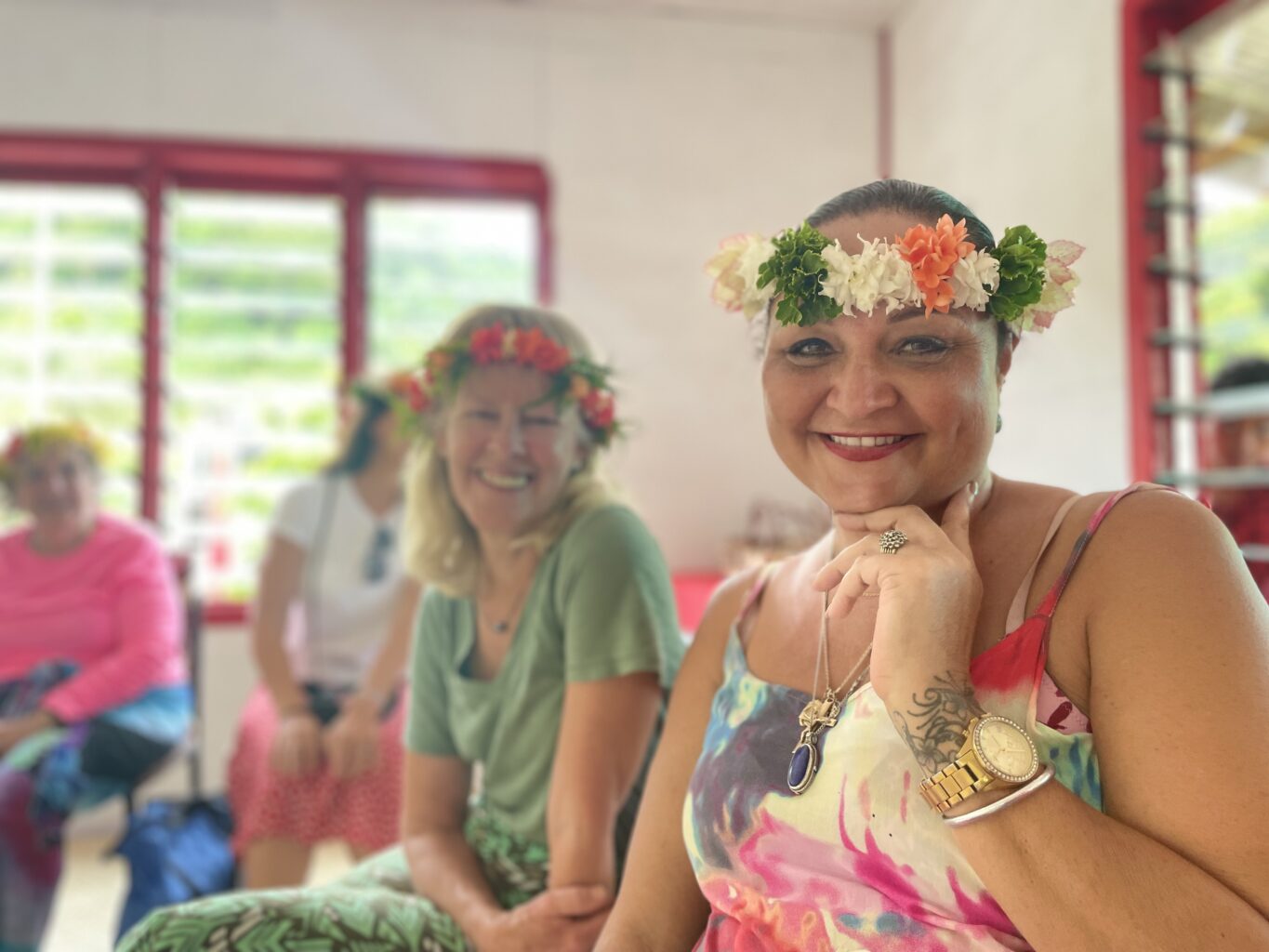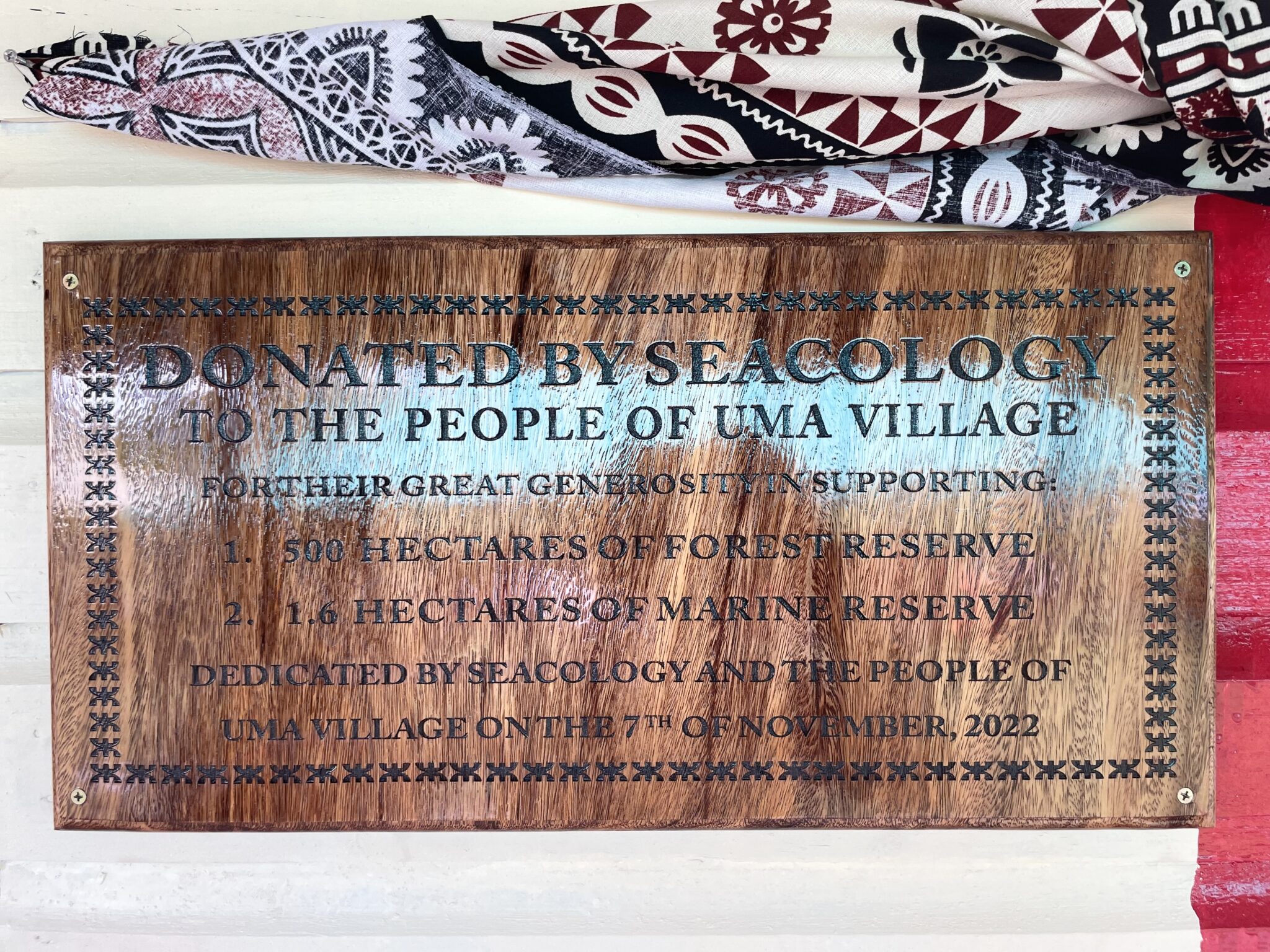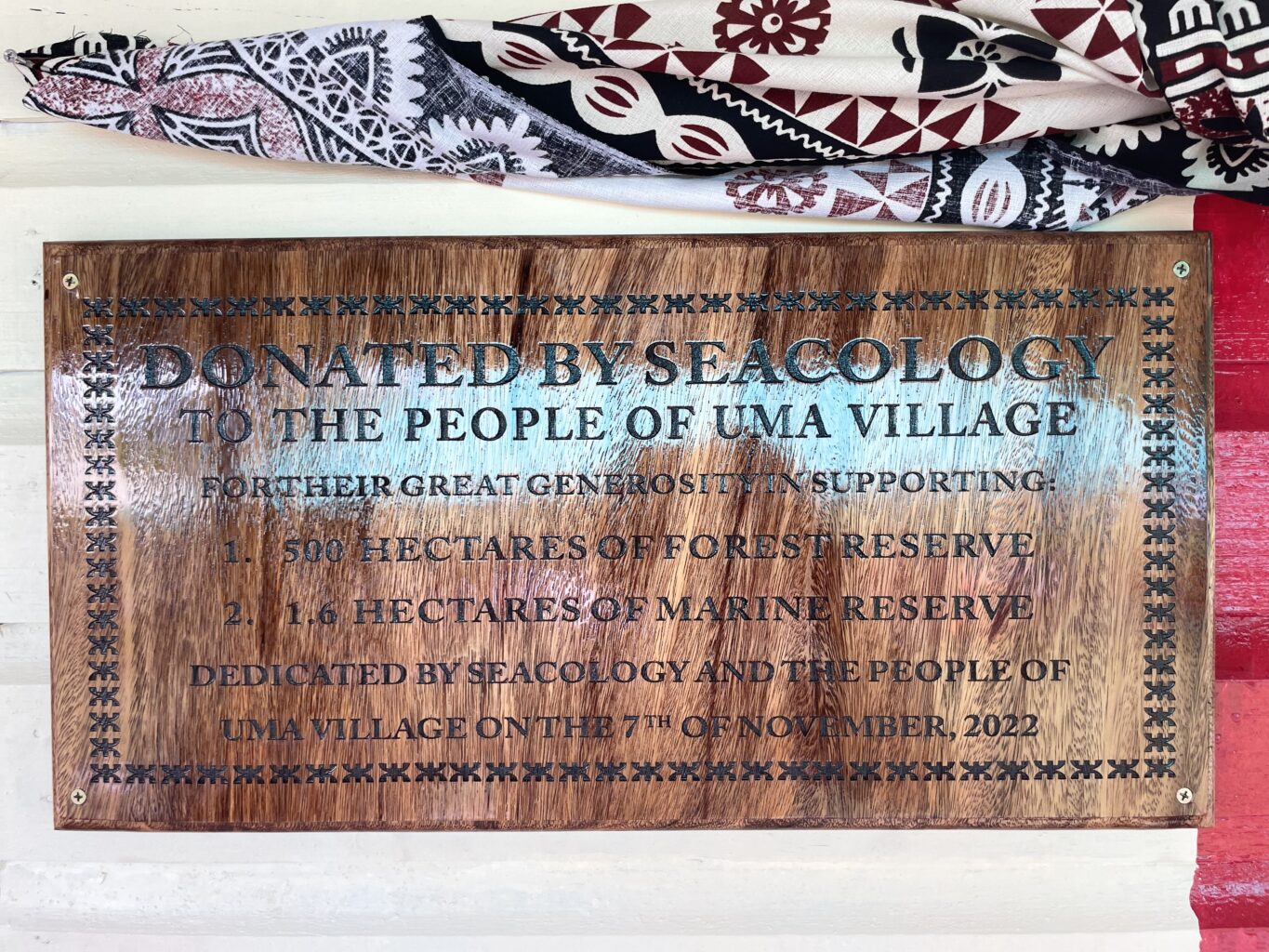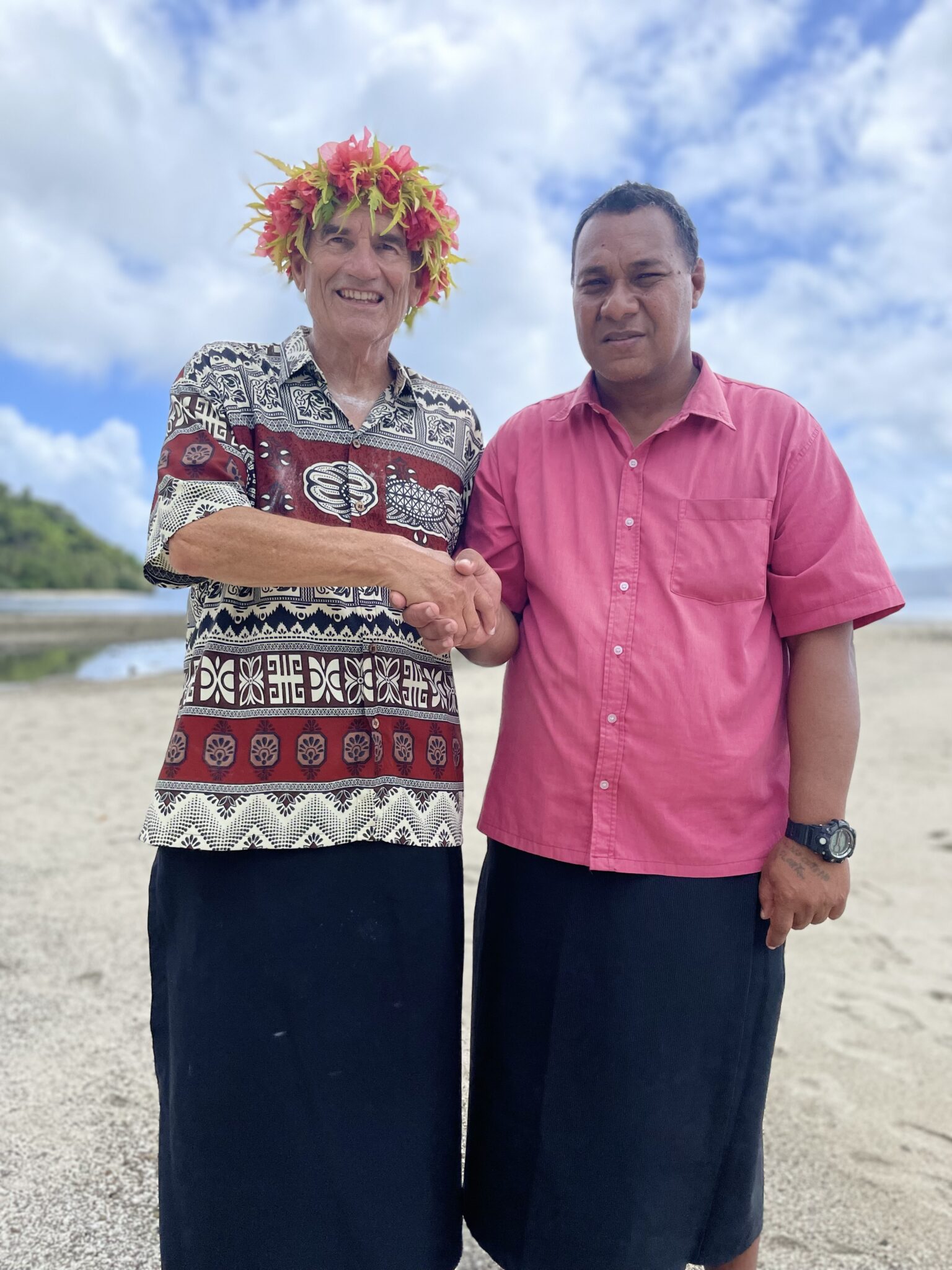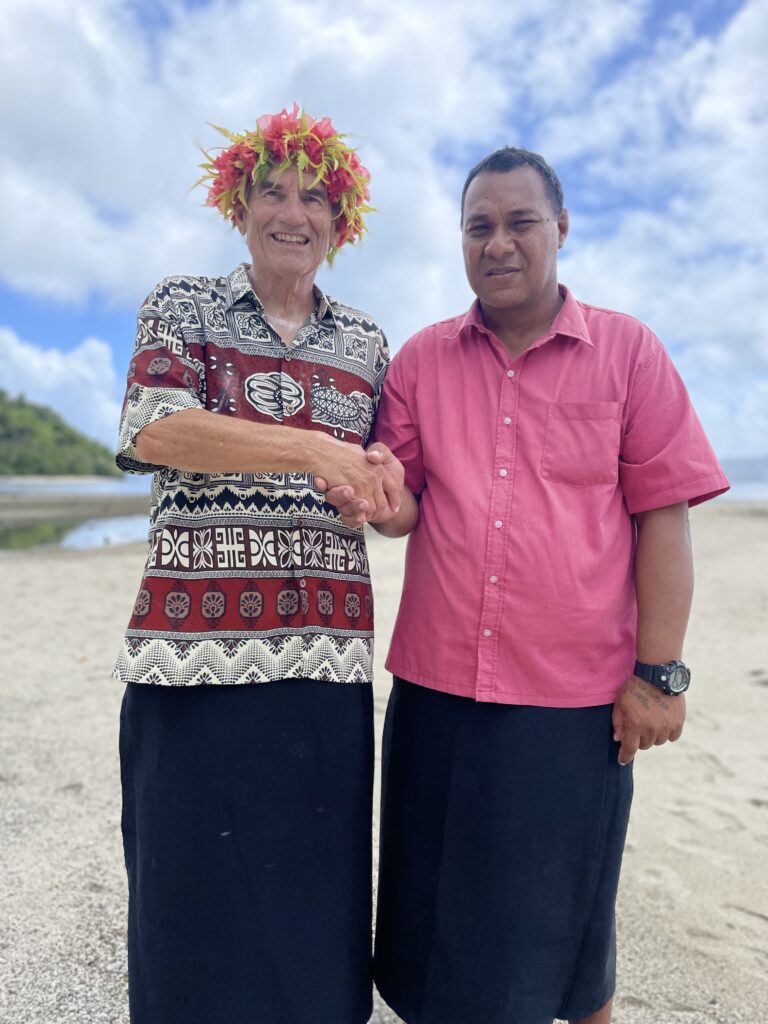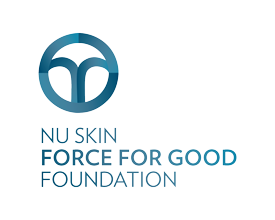Rabi Island has a unique history. The 5,000 people who live there are descendants of indigenous people who were forcibly moved to Rabi decades ago and still call themselves Banabans, for the island they came from, almost 2,000 miles away.
Banaba (or Ocean) Island was once part of a British colony. (Much of the territory is now in the country of Kiribati.) Before World War II, British companies began strip-mining Banaba Island and exporting its valuable phosphate. During the war, the Japanese occupied it and interned most Banabans on other islands.
After the war, British colonial officials told the Banabans that they could not go home because the Japanese had destroyed their houses. In fact, mining had left most of the island uninhabitable. The British moved most of the Banabans to Rabi Island, and more waves of relocation from Banaba to Rabi followed.
The displaced islanders received some compensation from the phosphate mining, but by the 1970s the phosphate was gone. The Banabans stranded on Rabi did not start getting Fijian citizenship until 2005. Today, most rely on subsistence fishing and growing kava to sell on the main islands.
This project gives them a way to benefit from preserving their forest, which otherwise might be cleared for agriculture. The inland forest contains rare hardwood trees, such as the vesi. The Banabans will also restore a degraded mangrove area, with help from the Ministry of Fisheries and Agriculture office on Rabi.
They will use a Seacology grant to restore their dangerously dilapidated meeting building and build a solid new community hall for families from six villages. Children will learn traditional dances and crafts, and a half-day kindergarten will be held there. It will be built by a qualified builder and laborers from the island, which keeps costs down and helps families in a place short on jobs.


